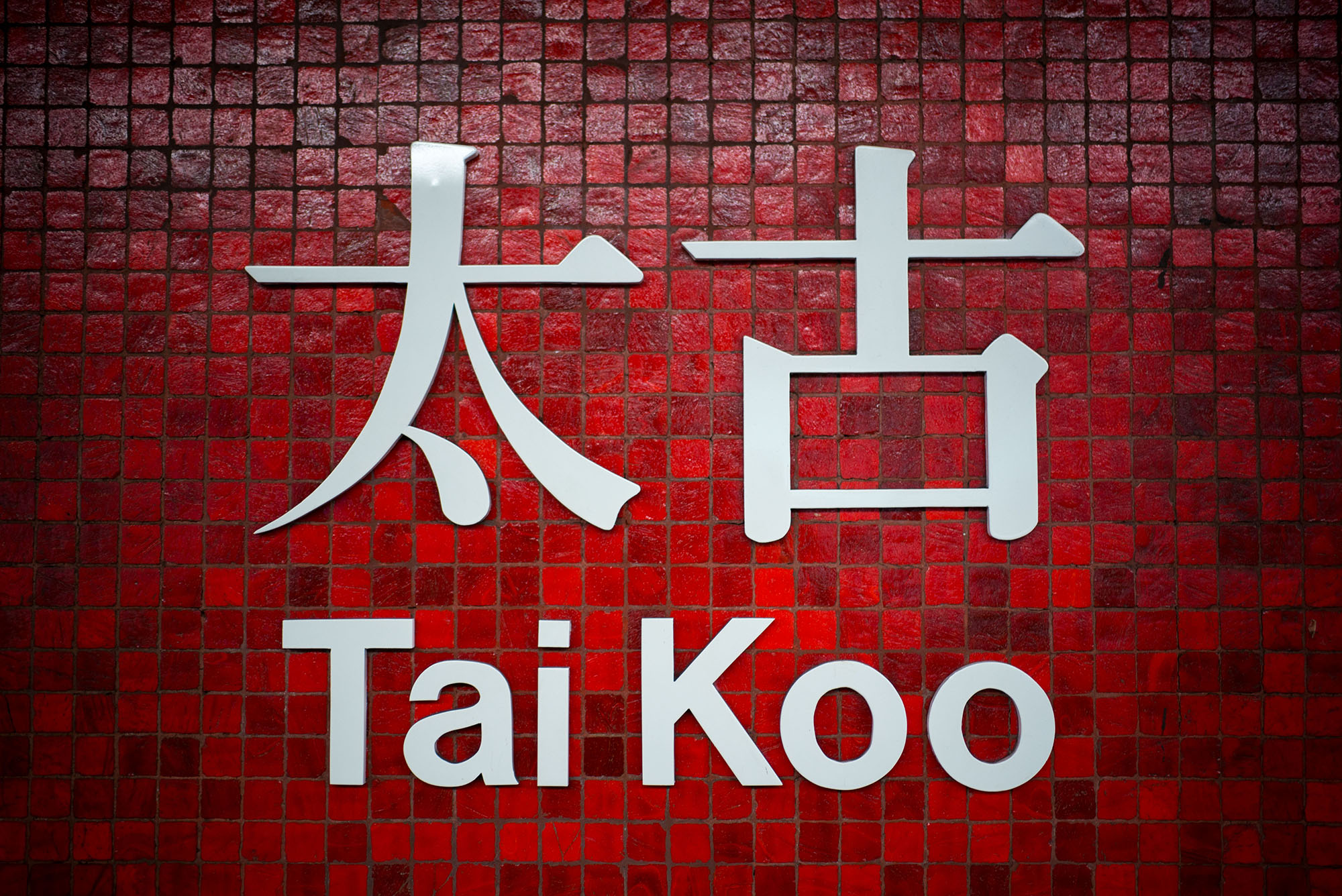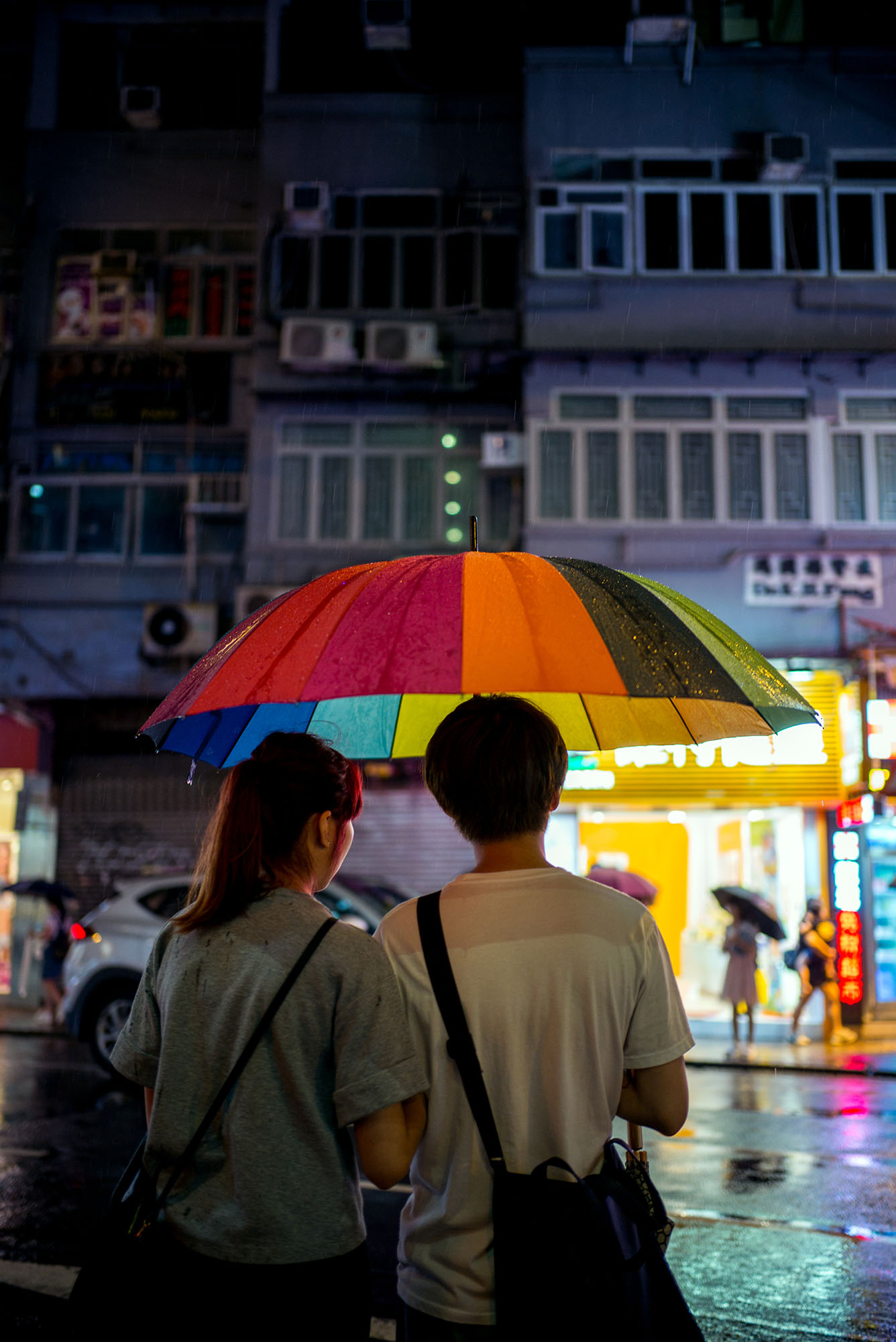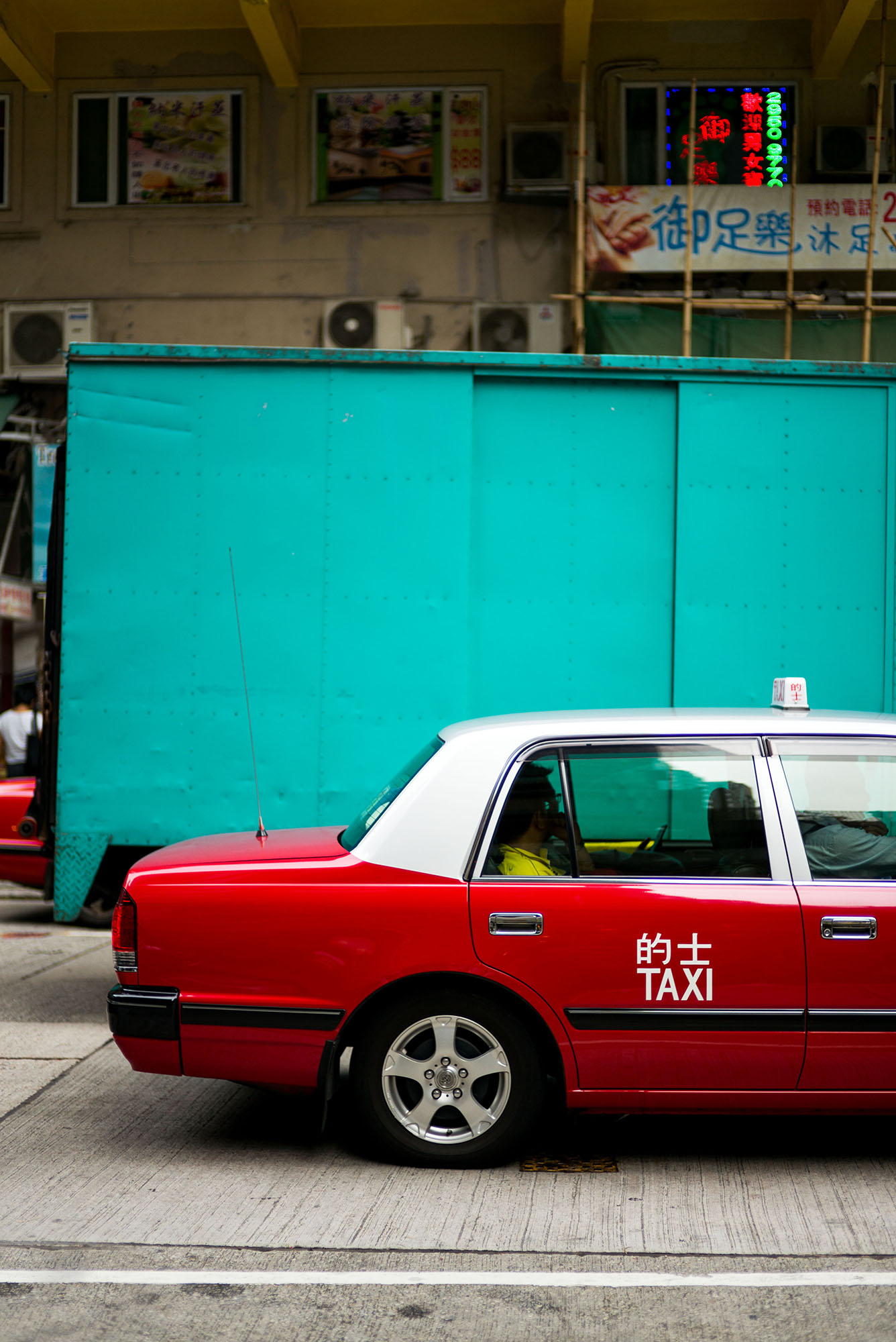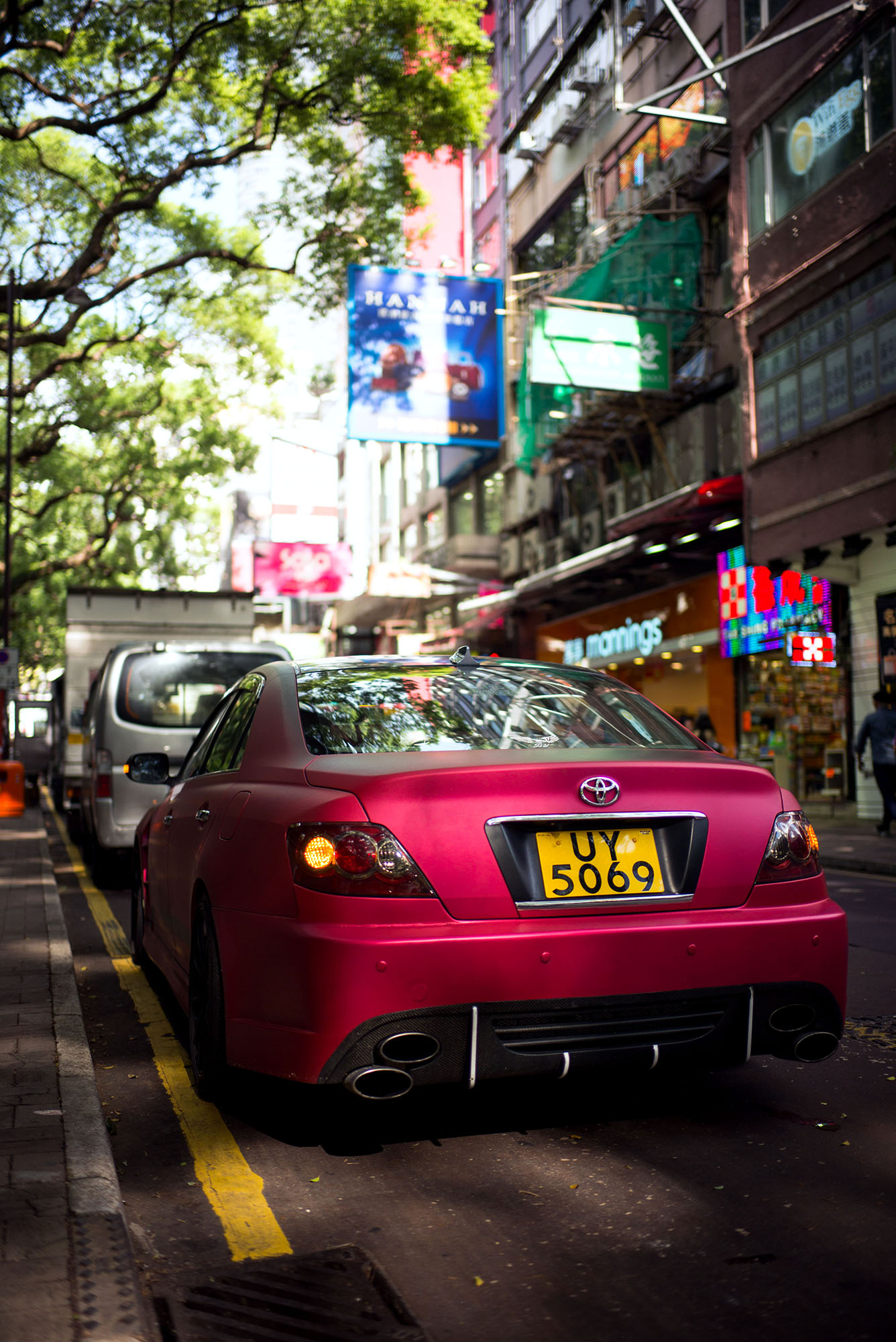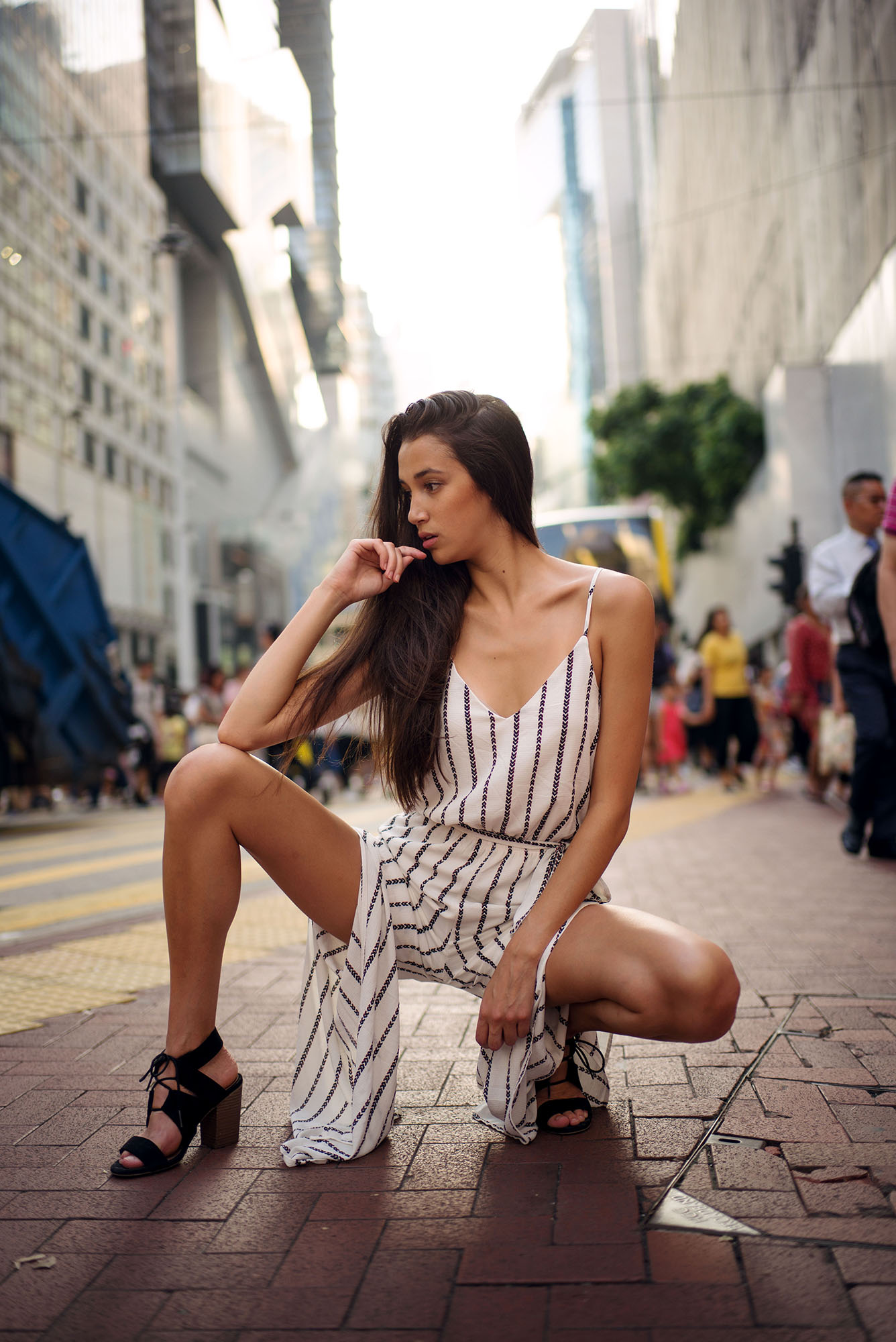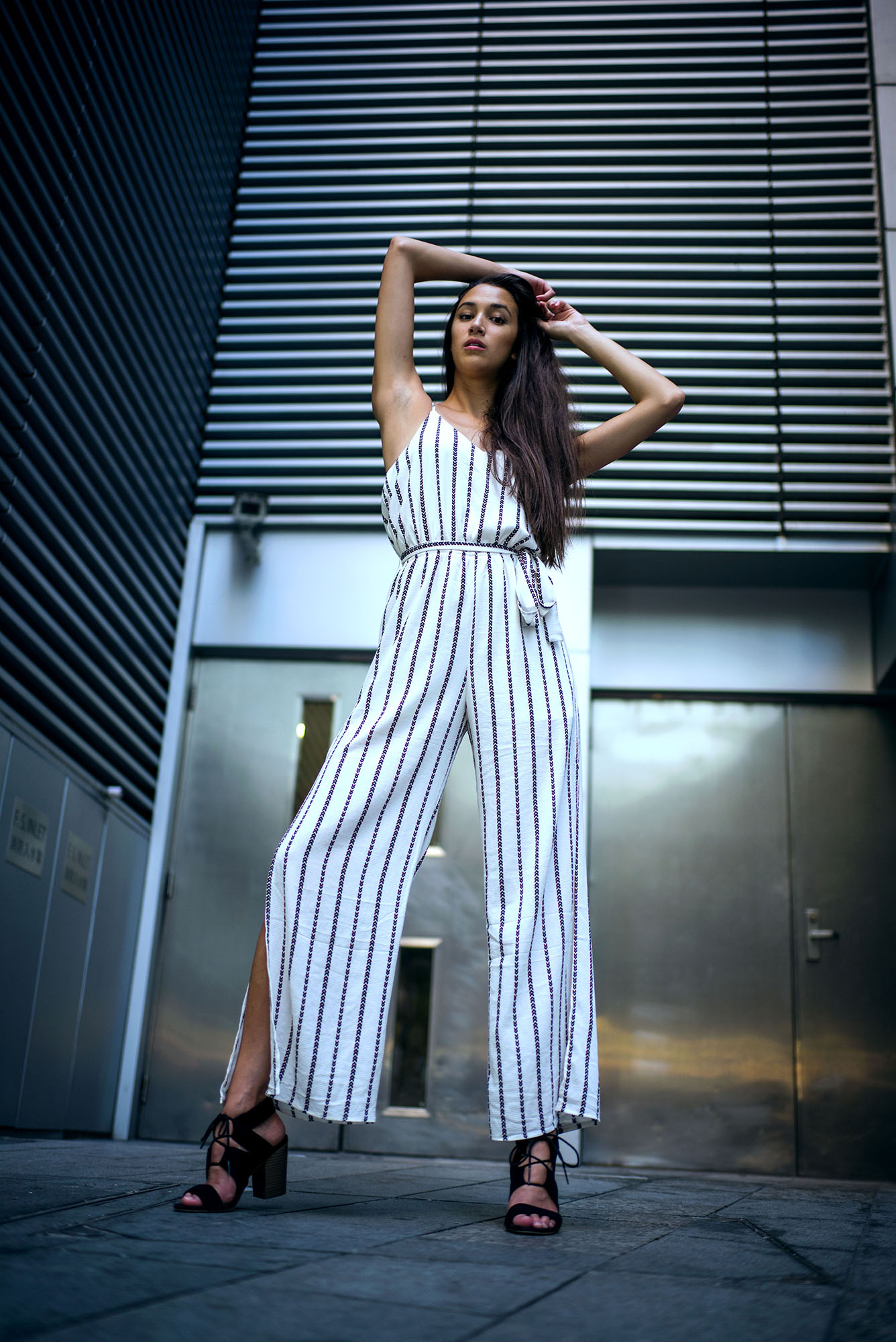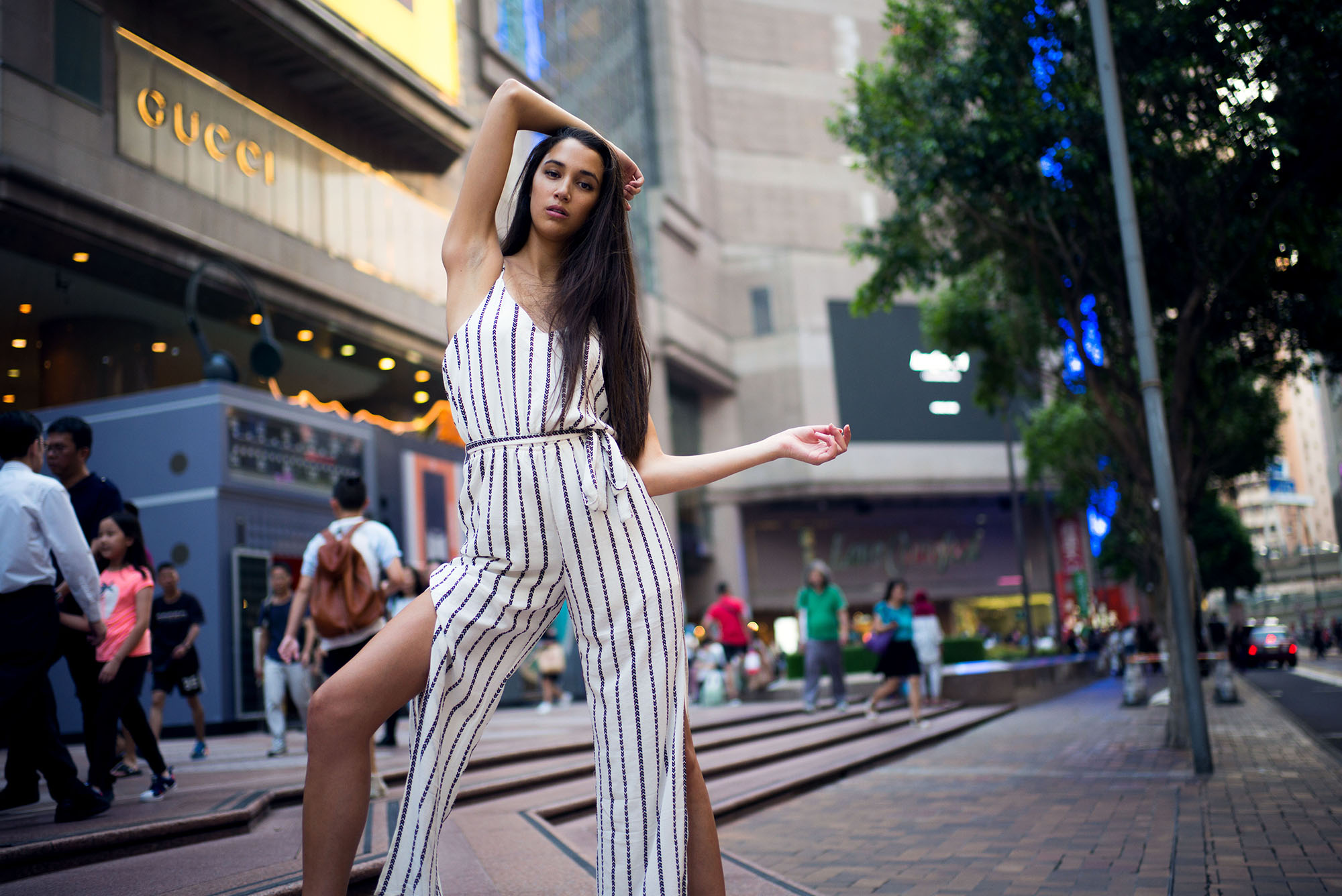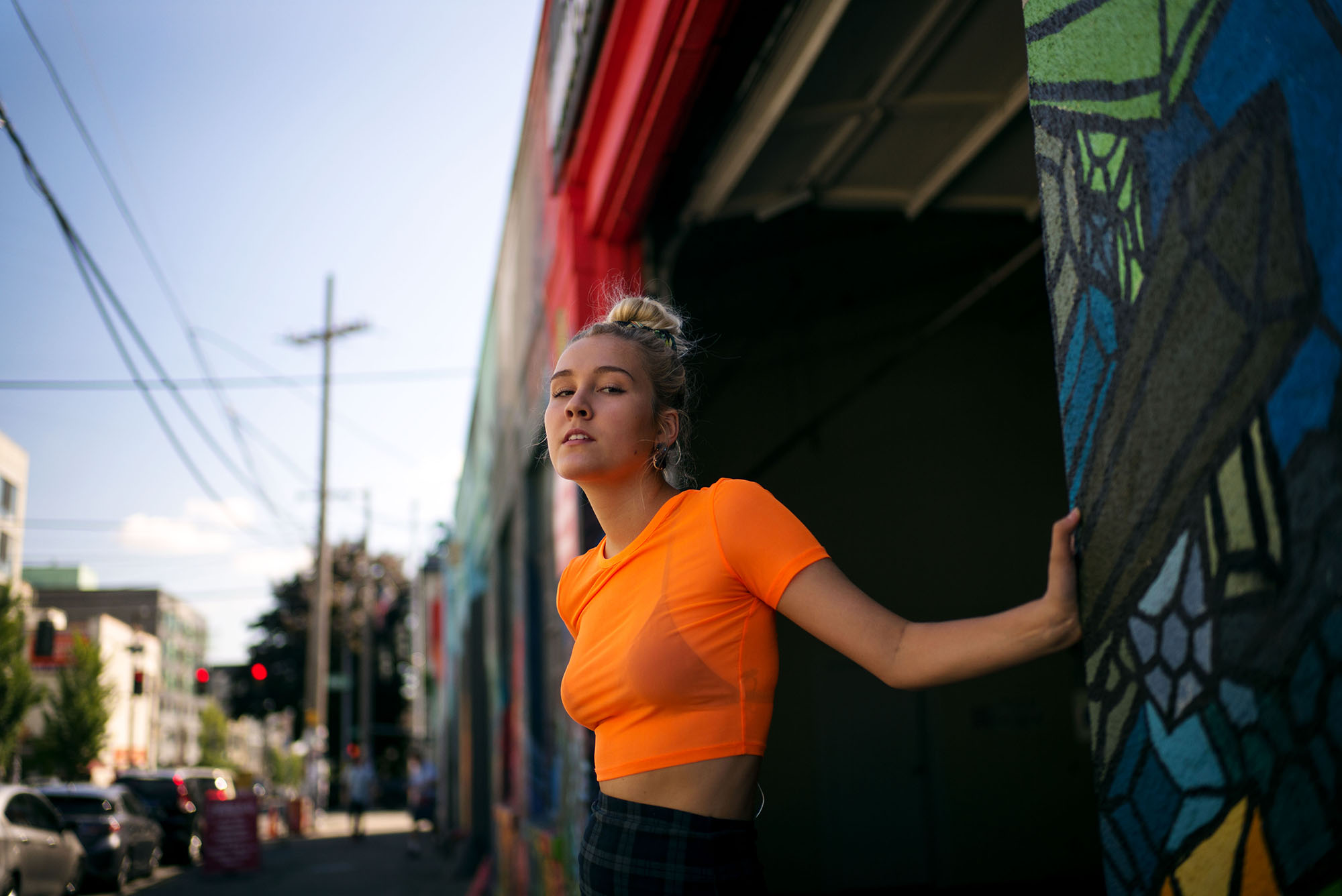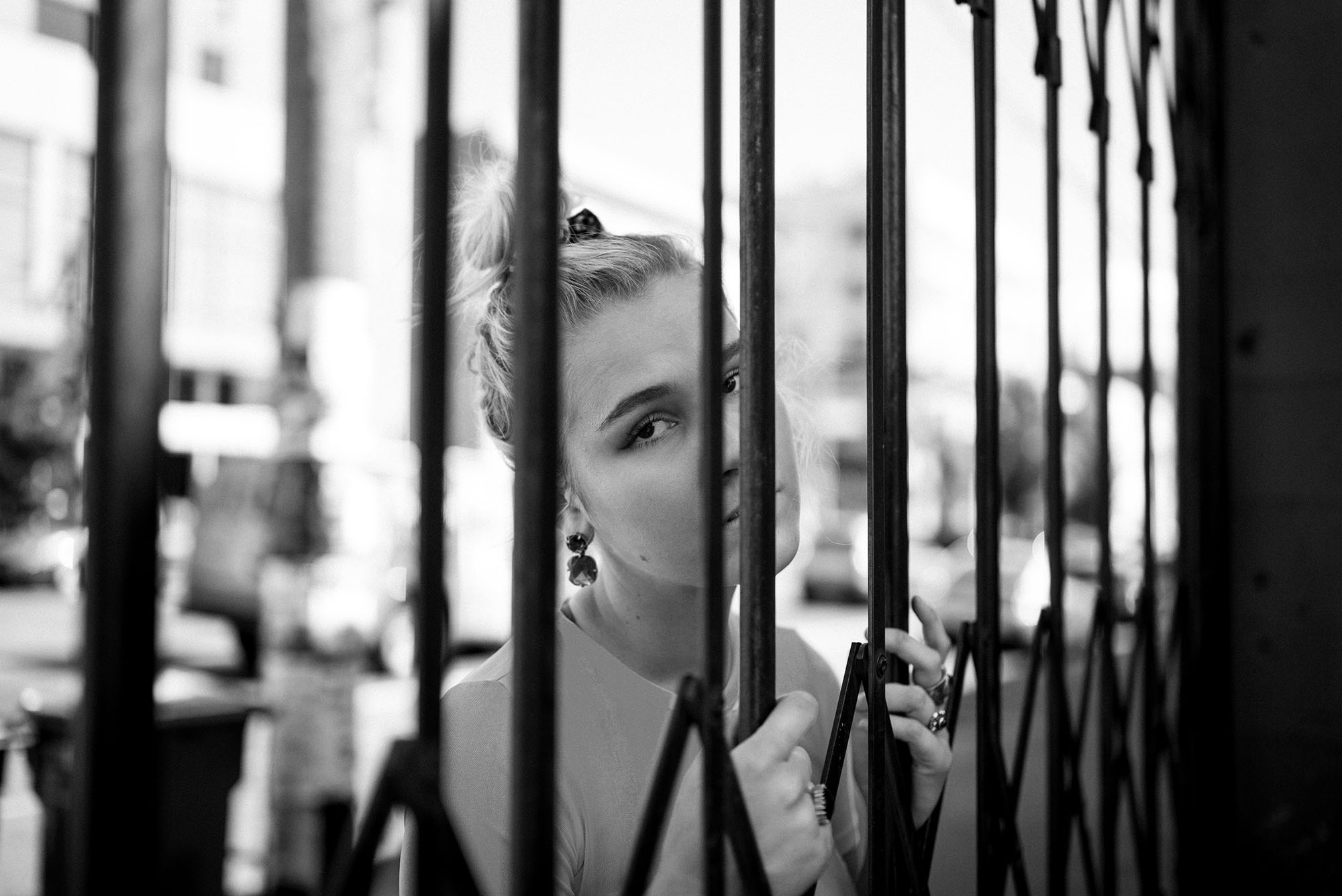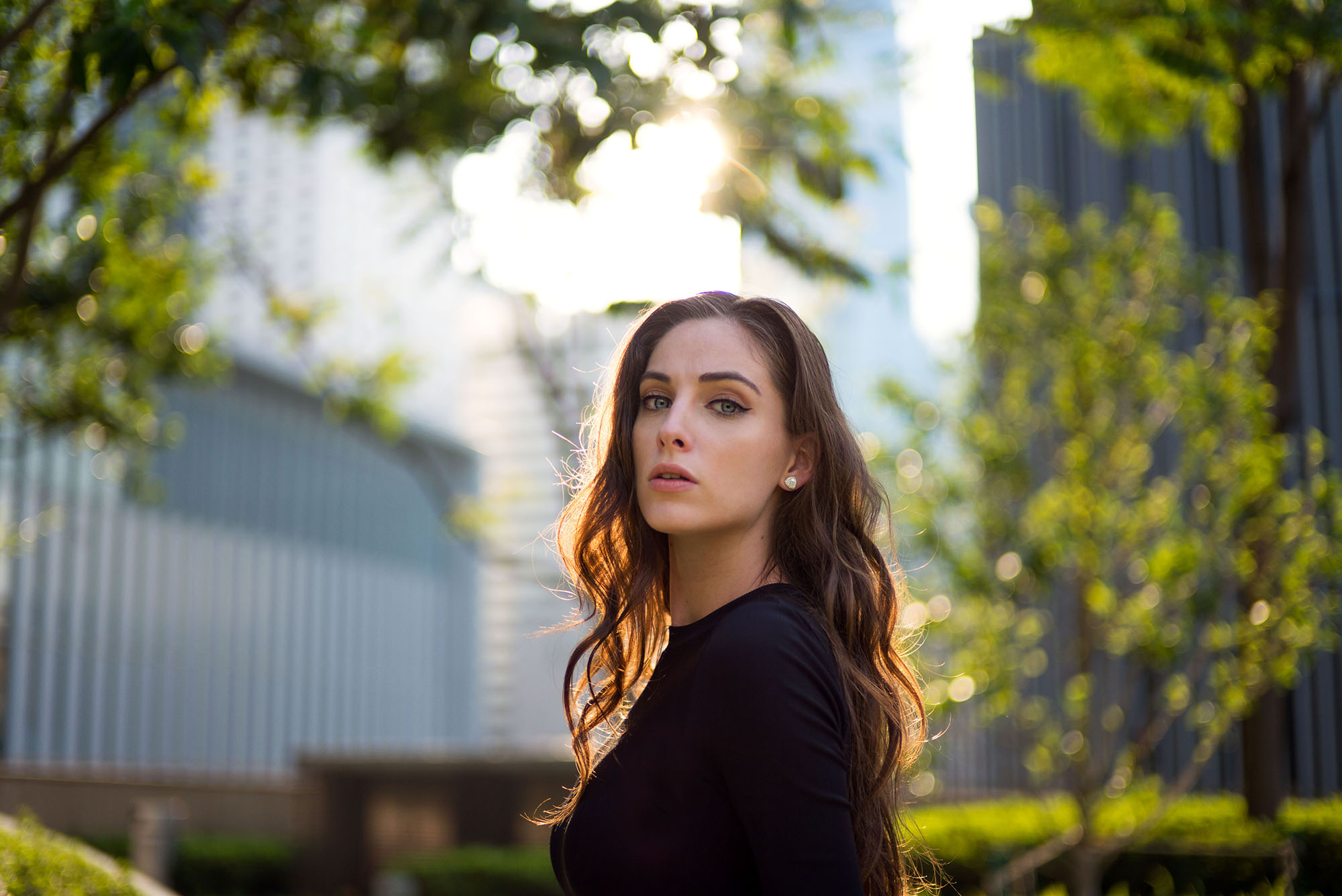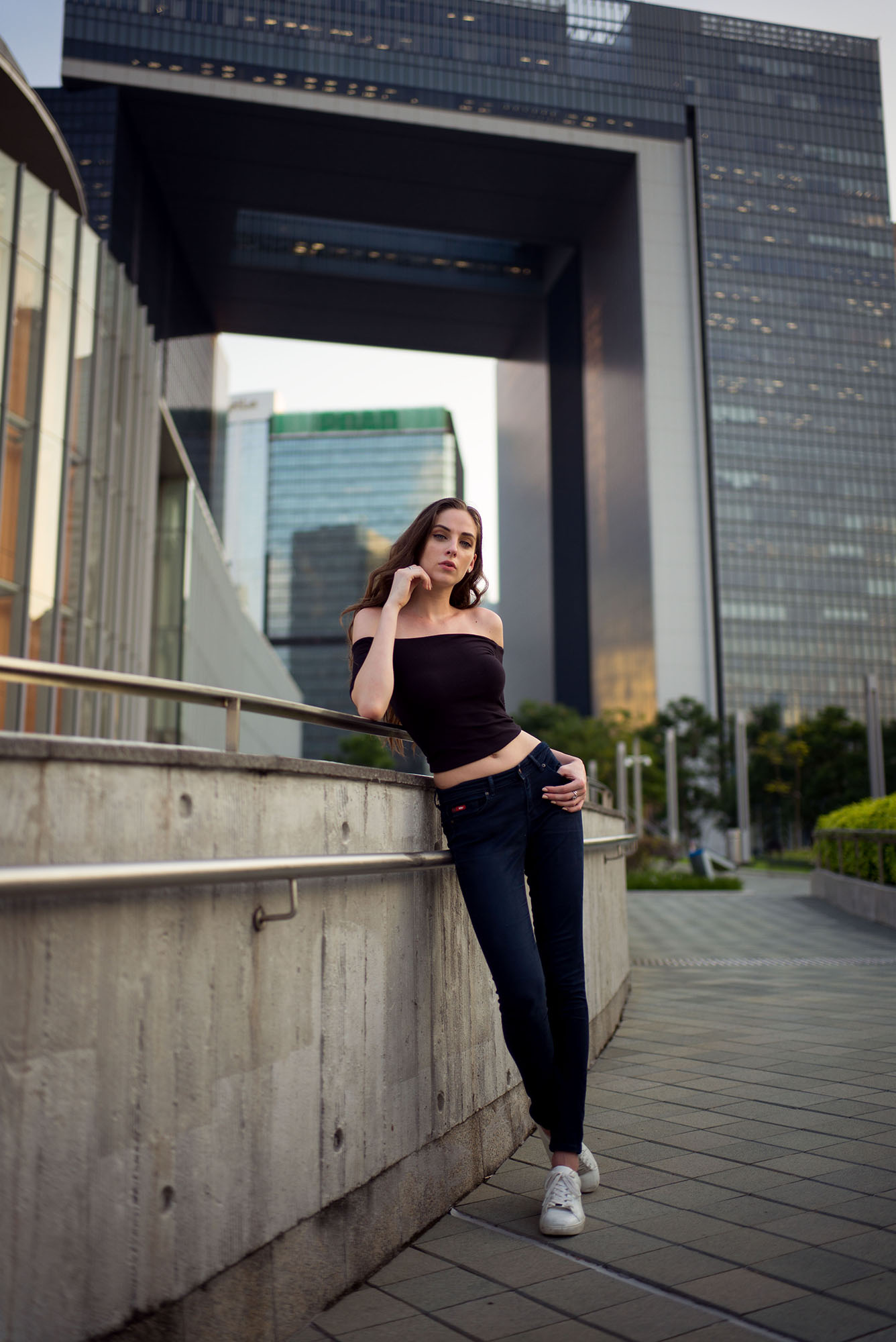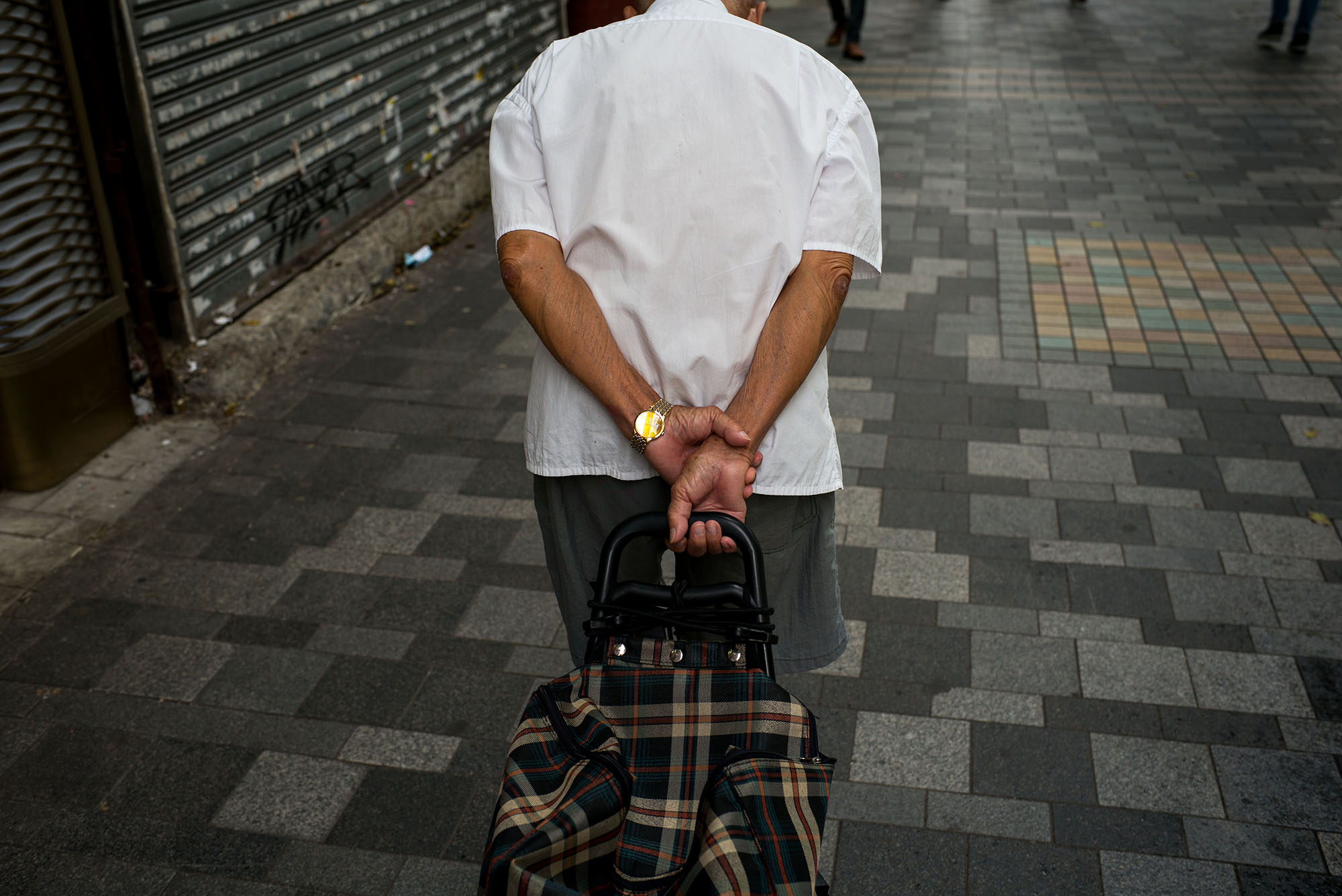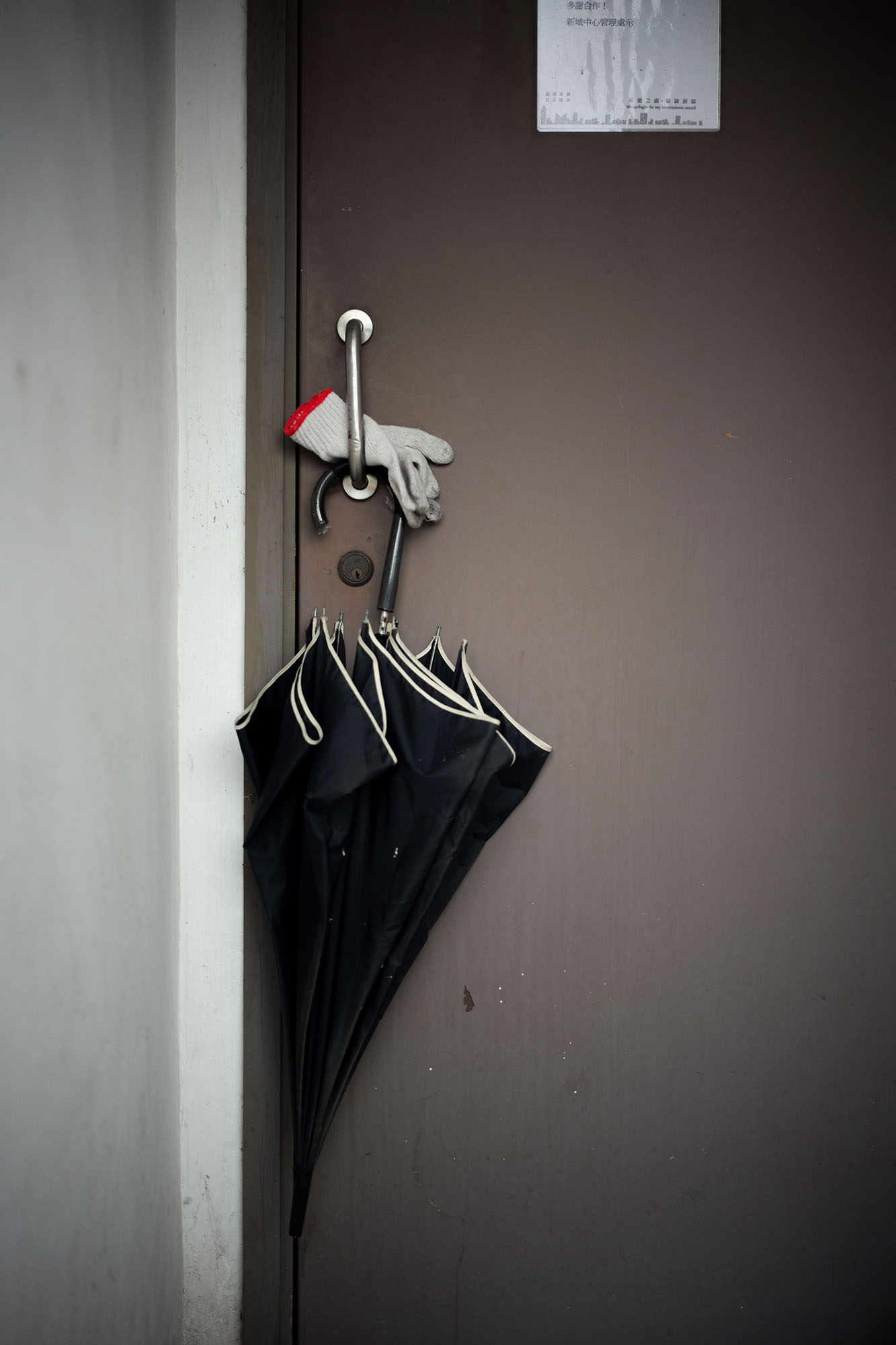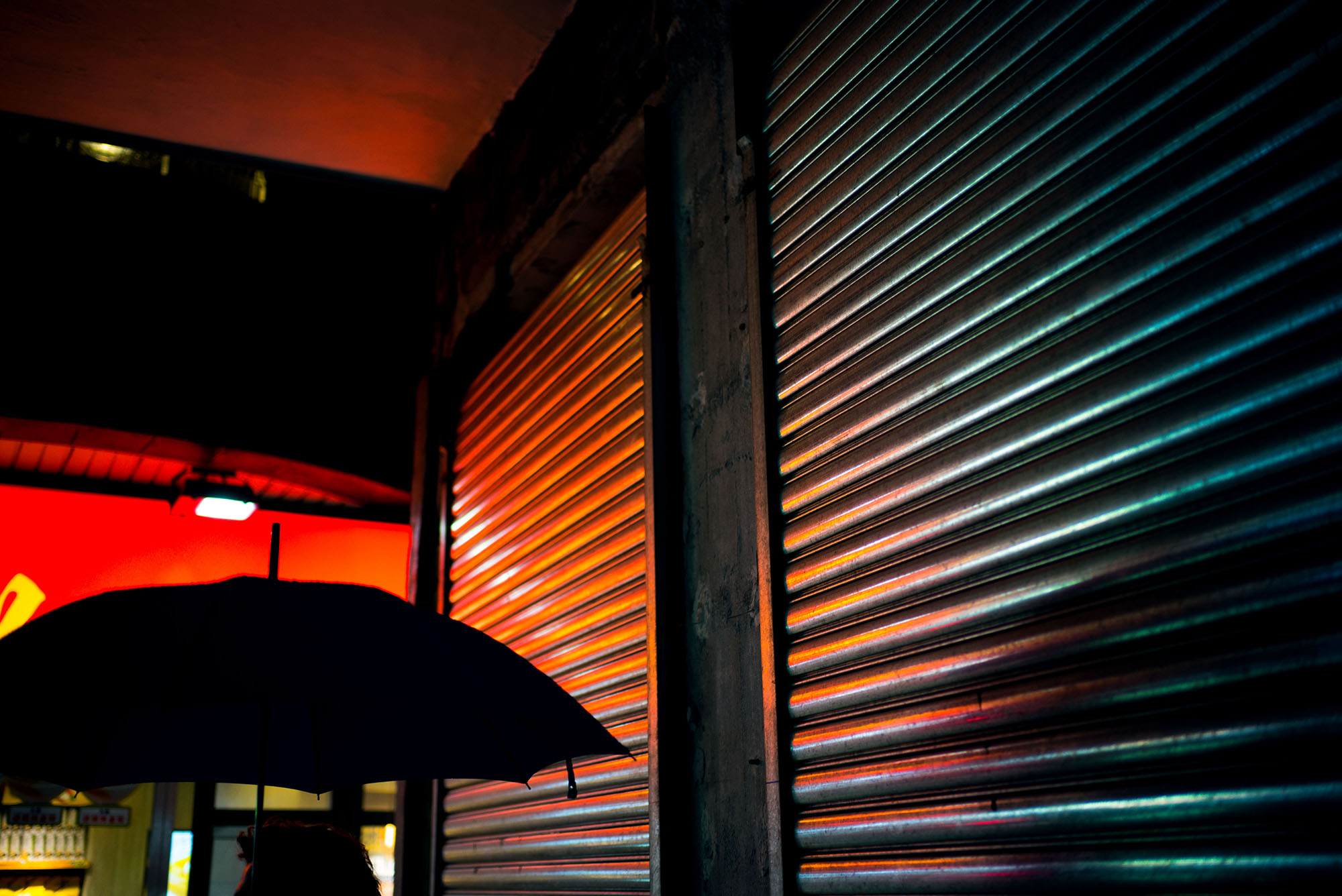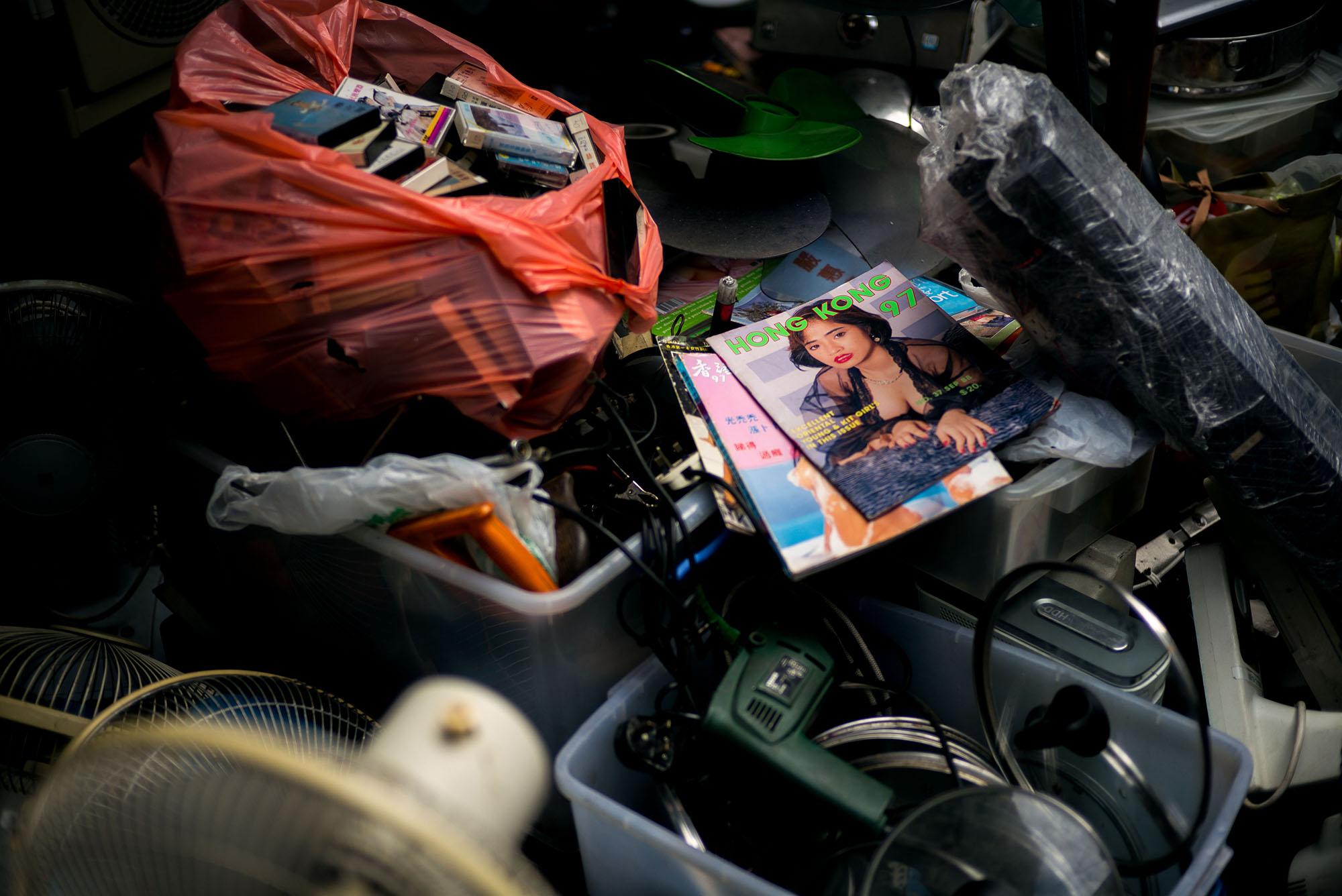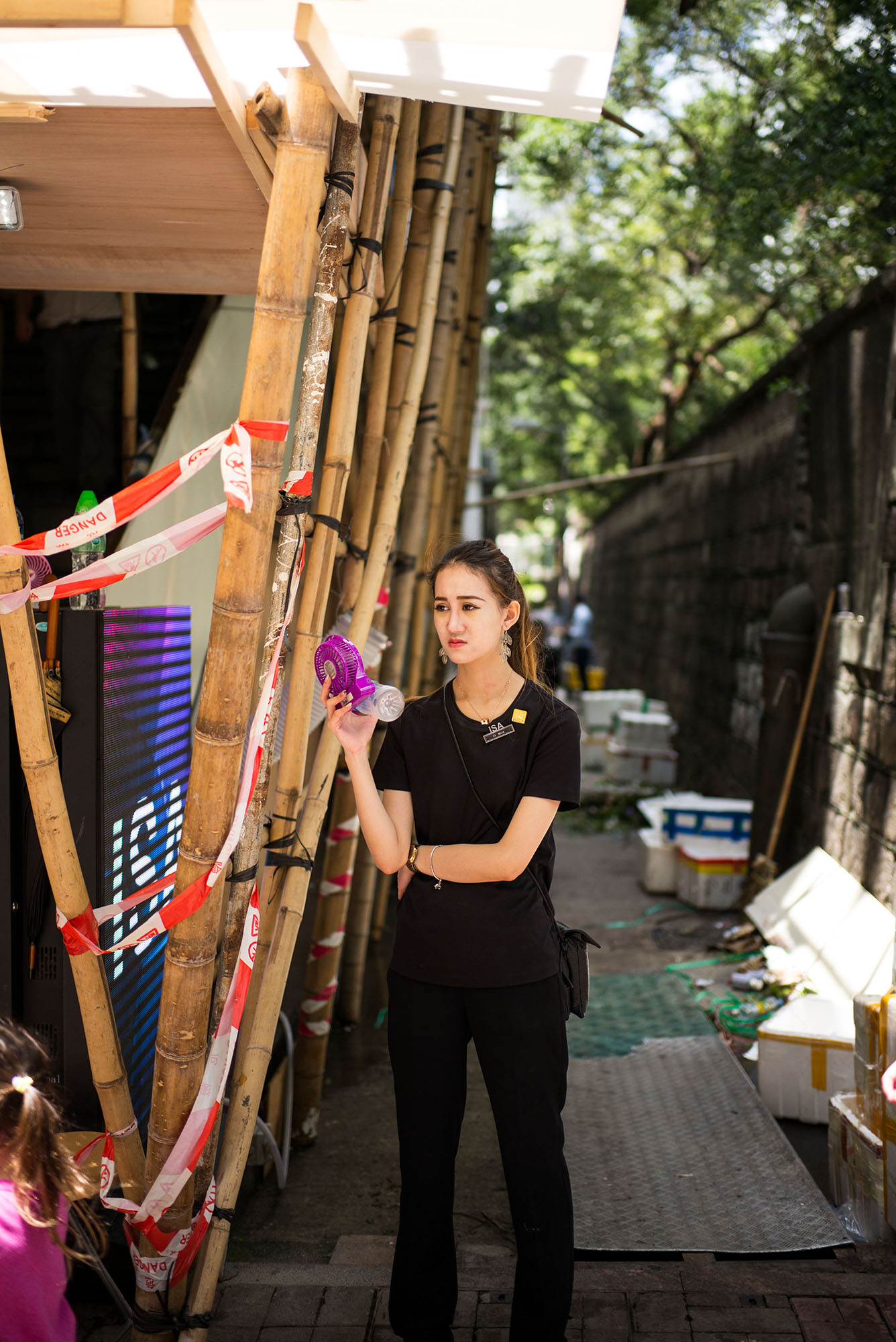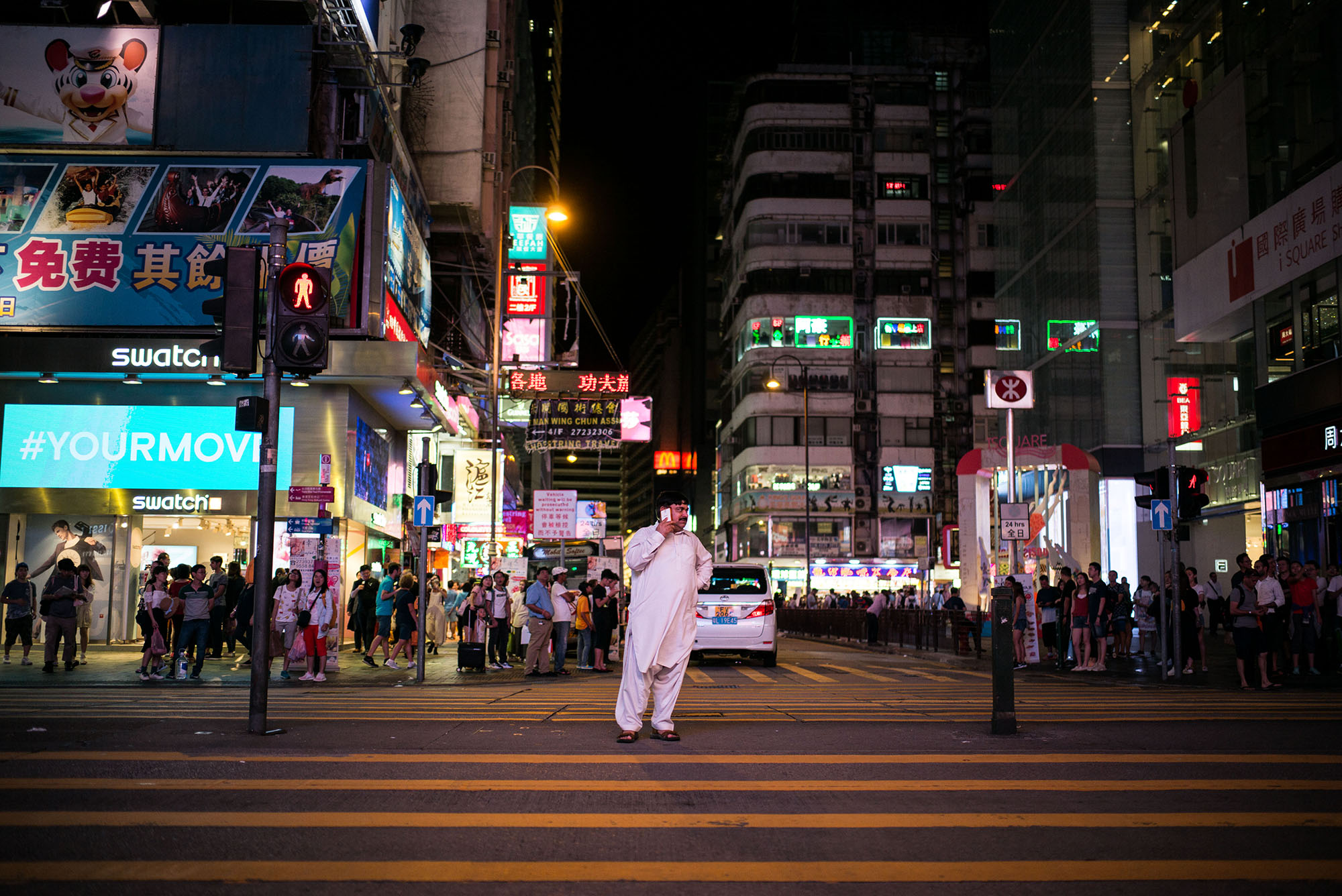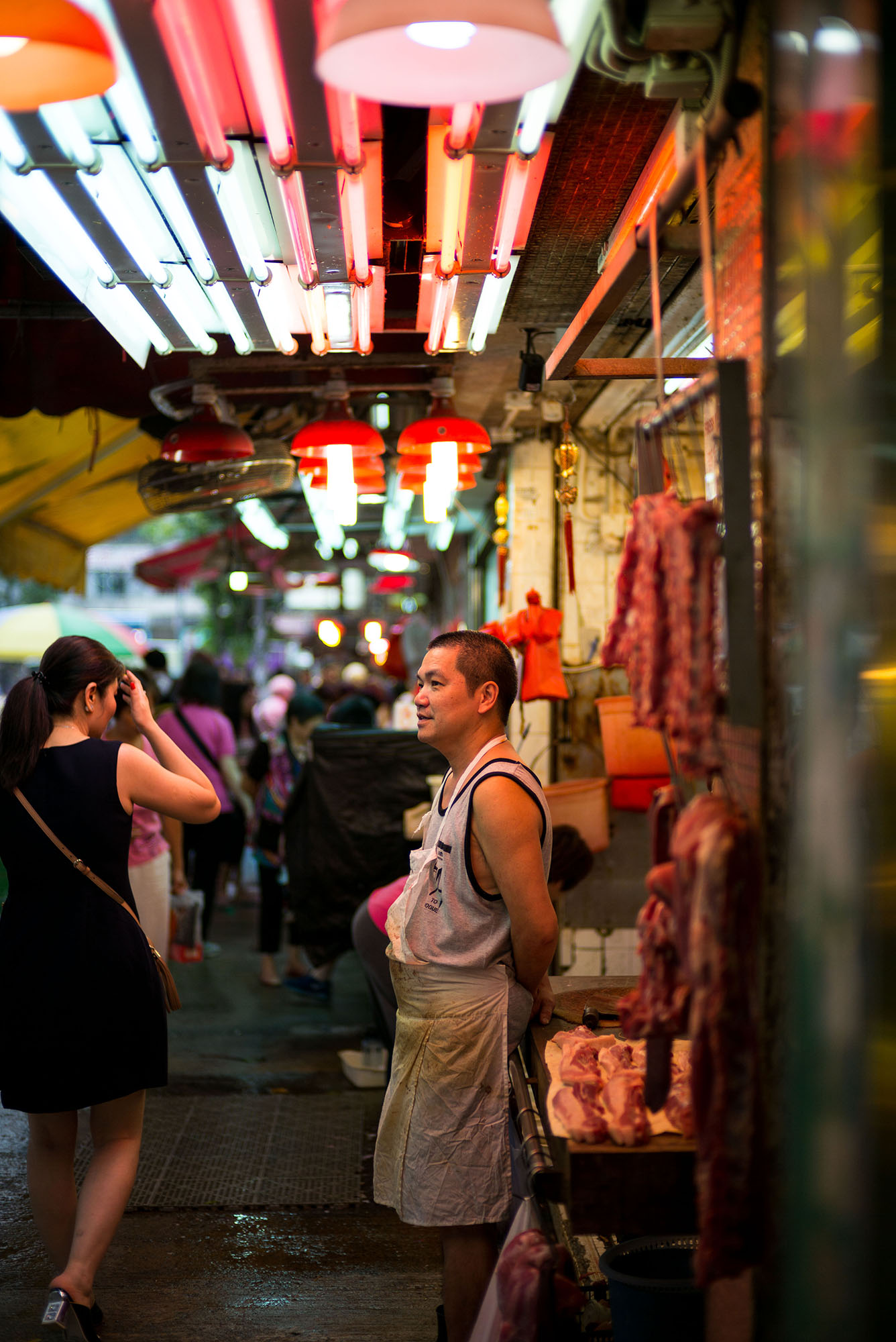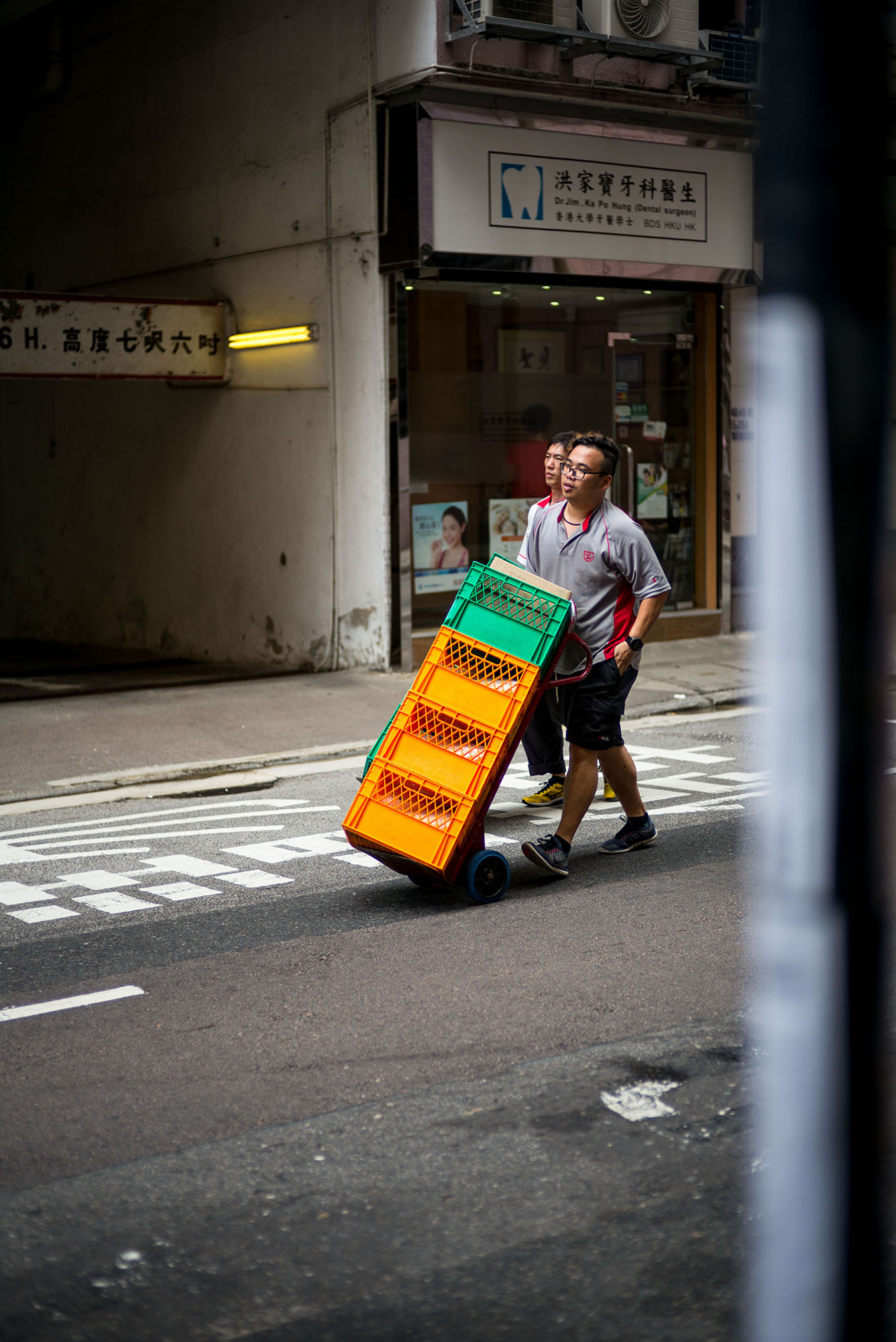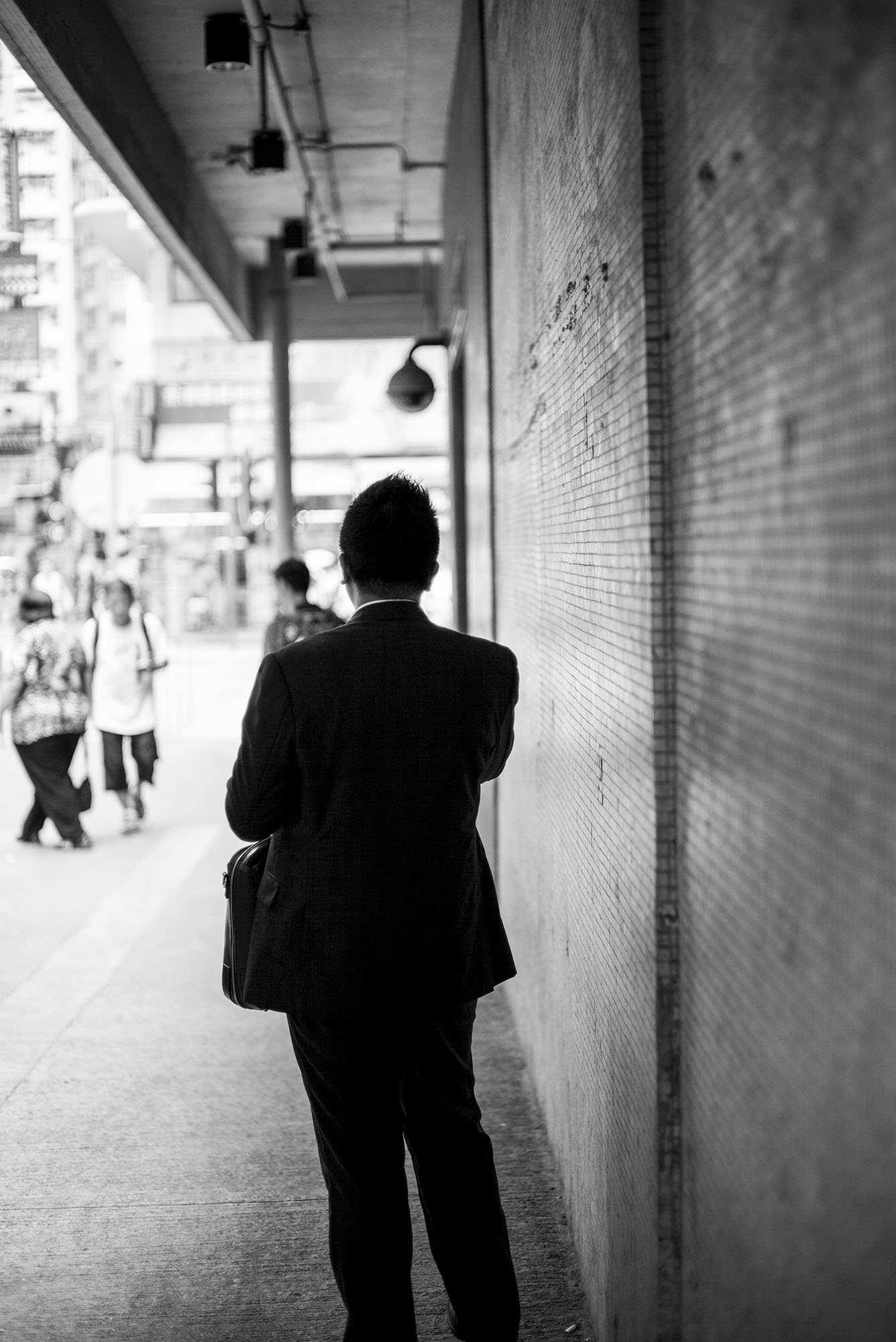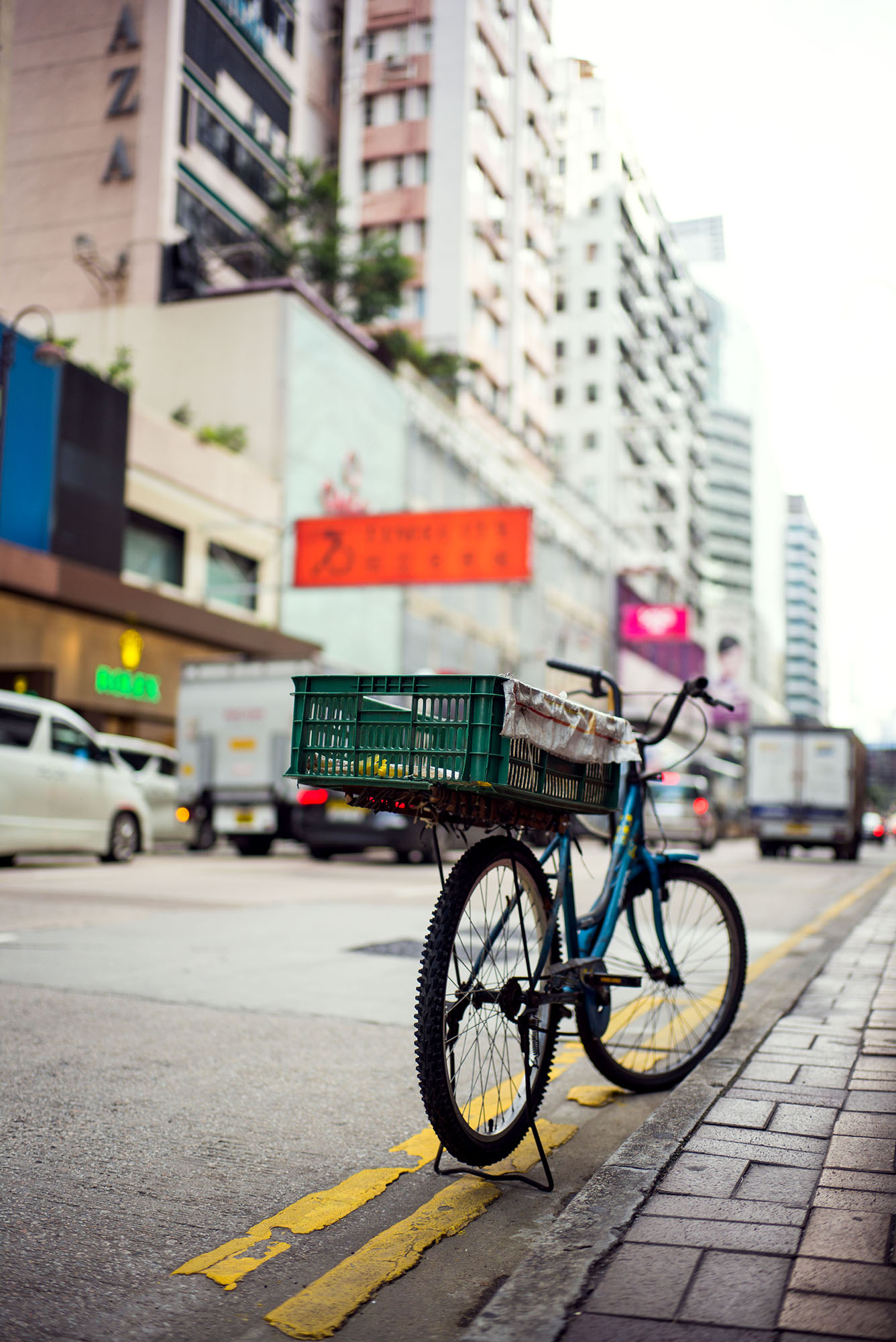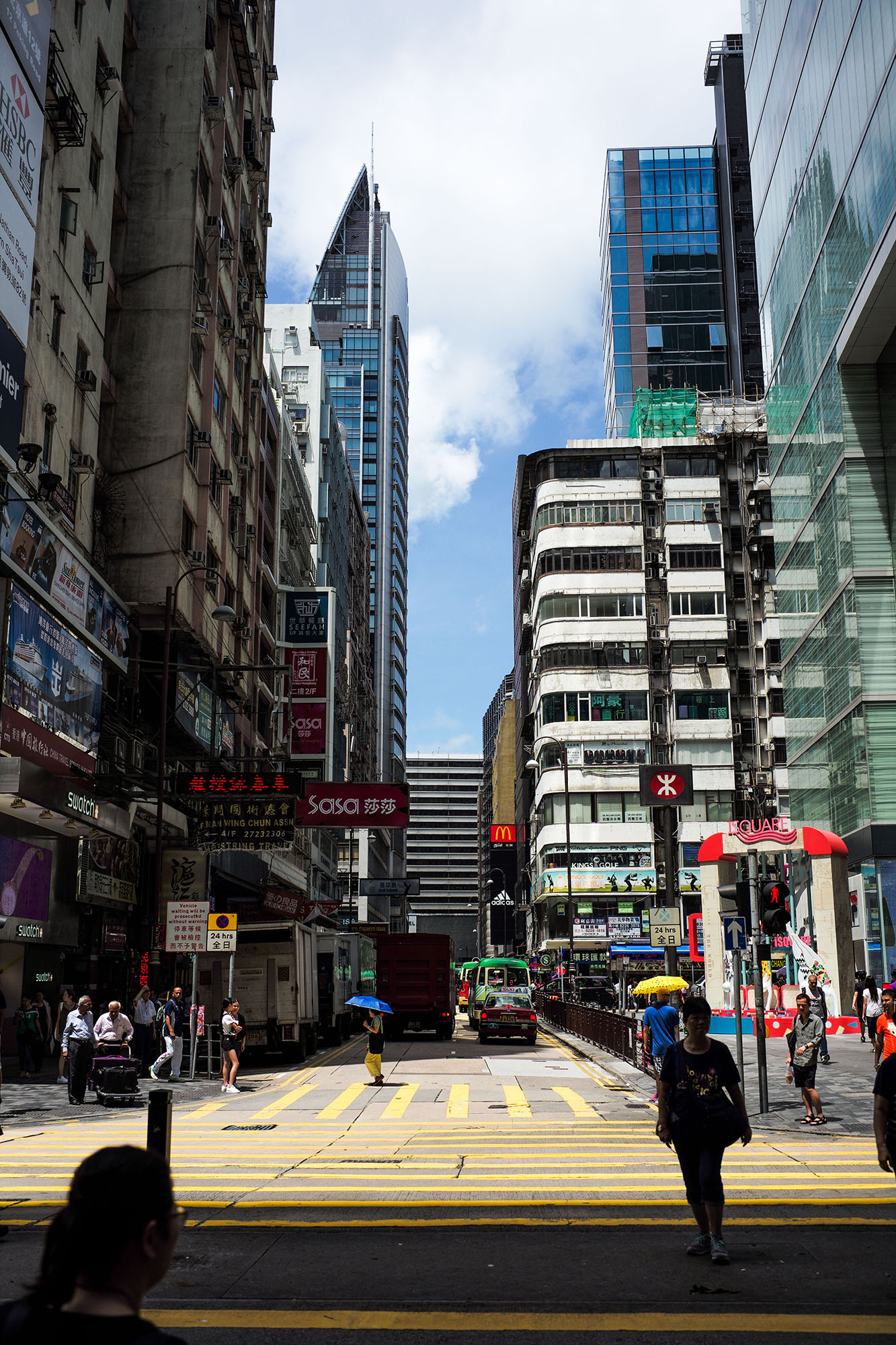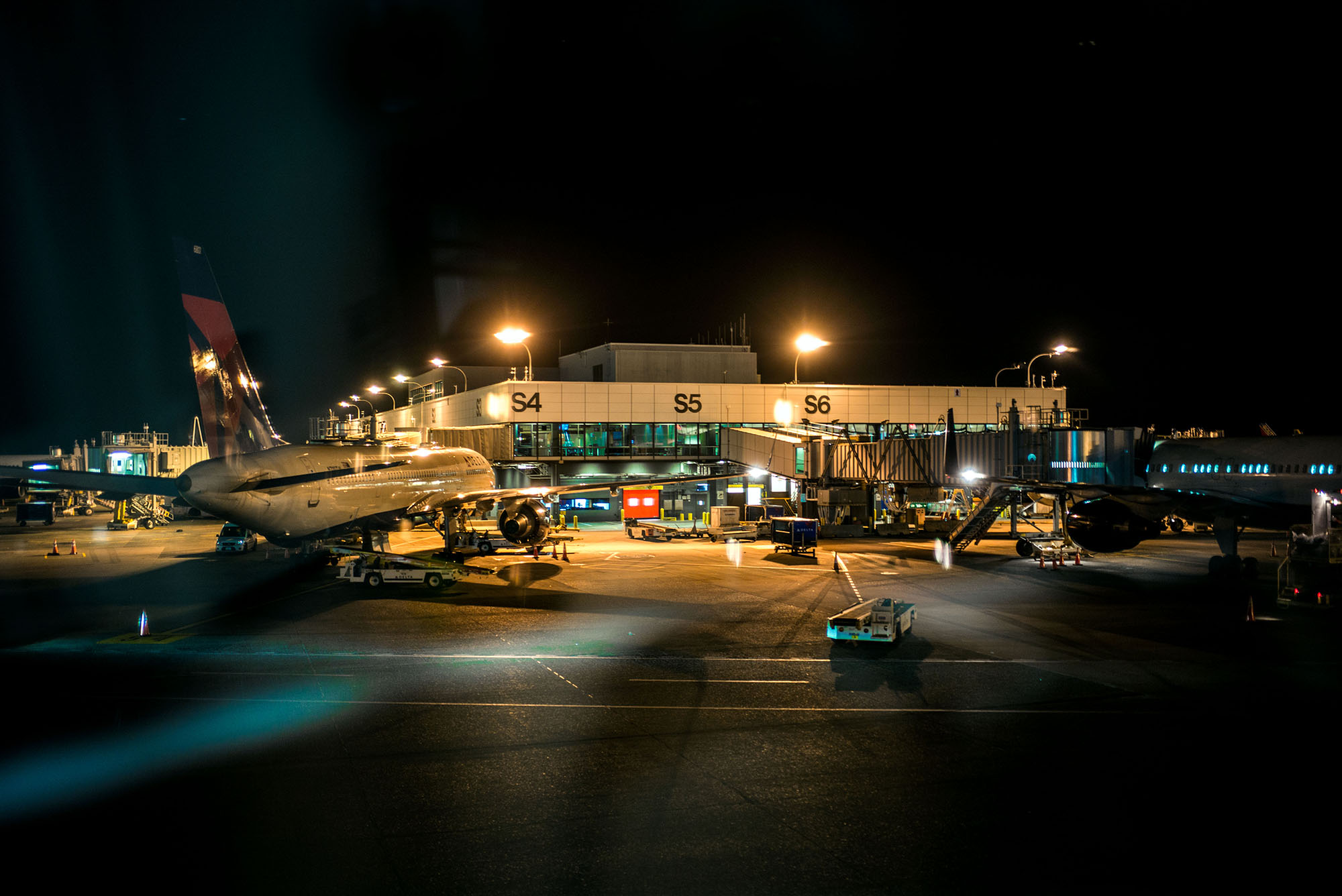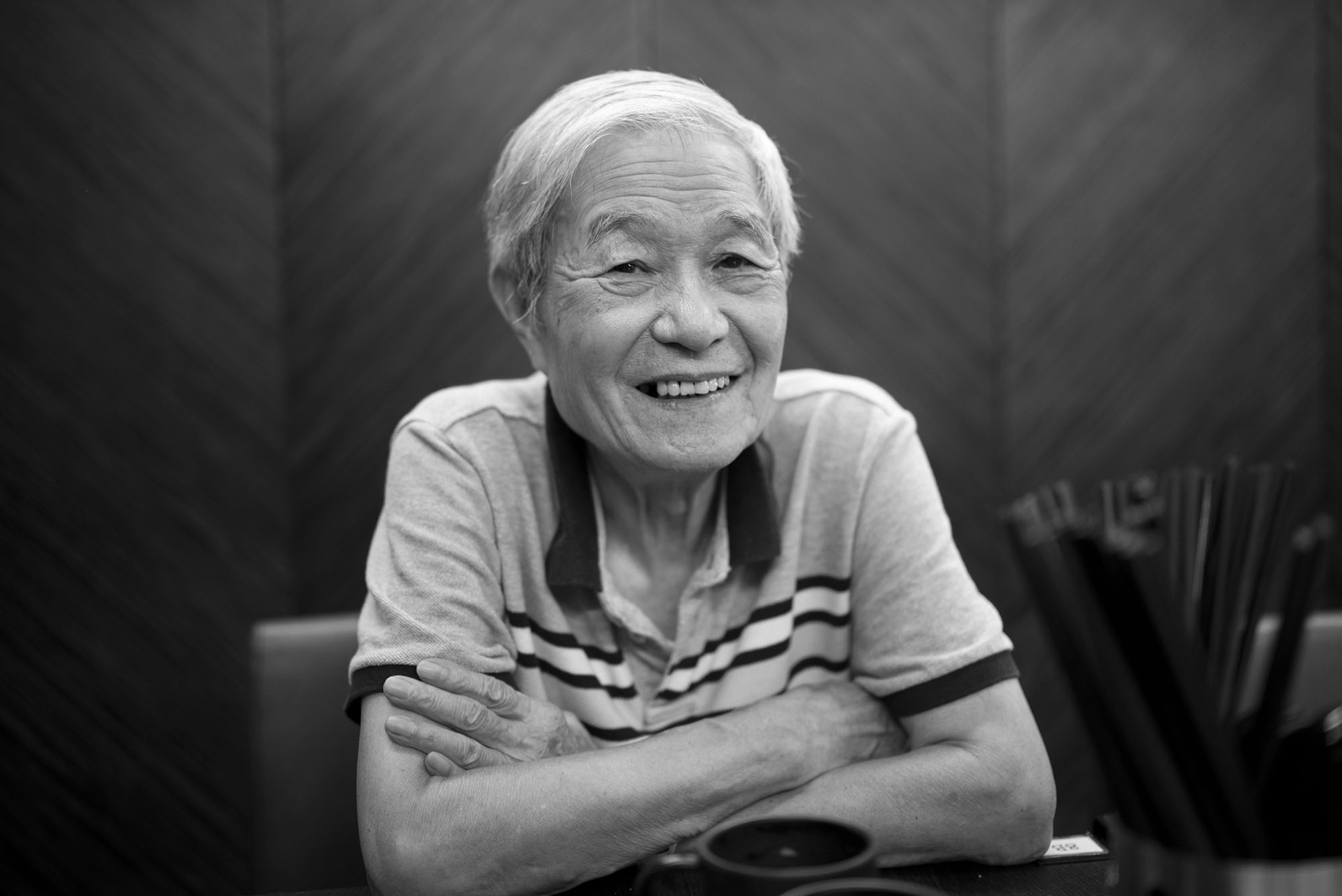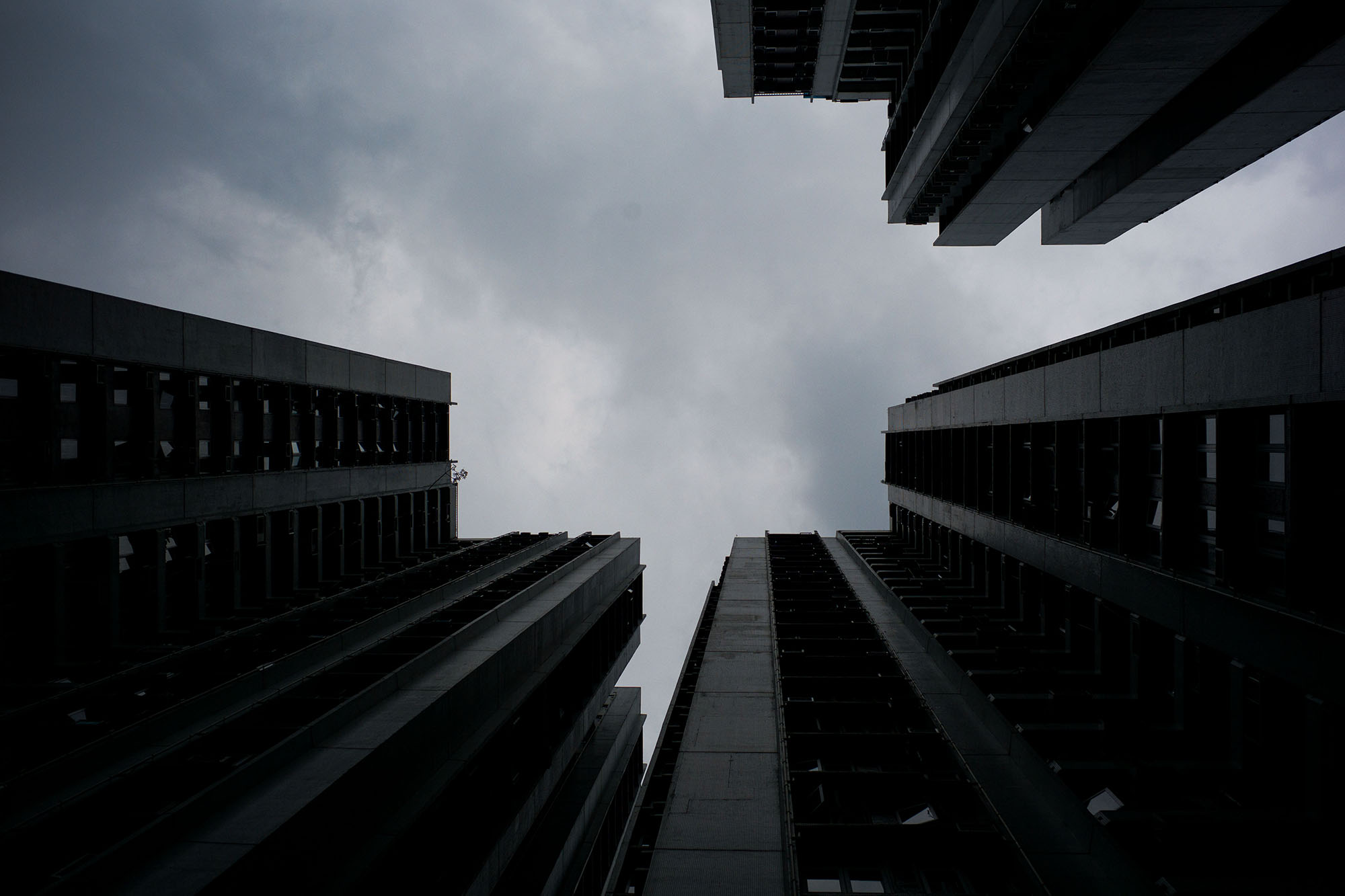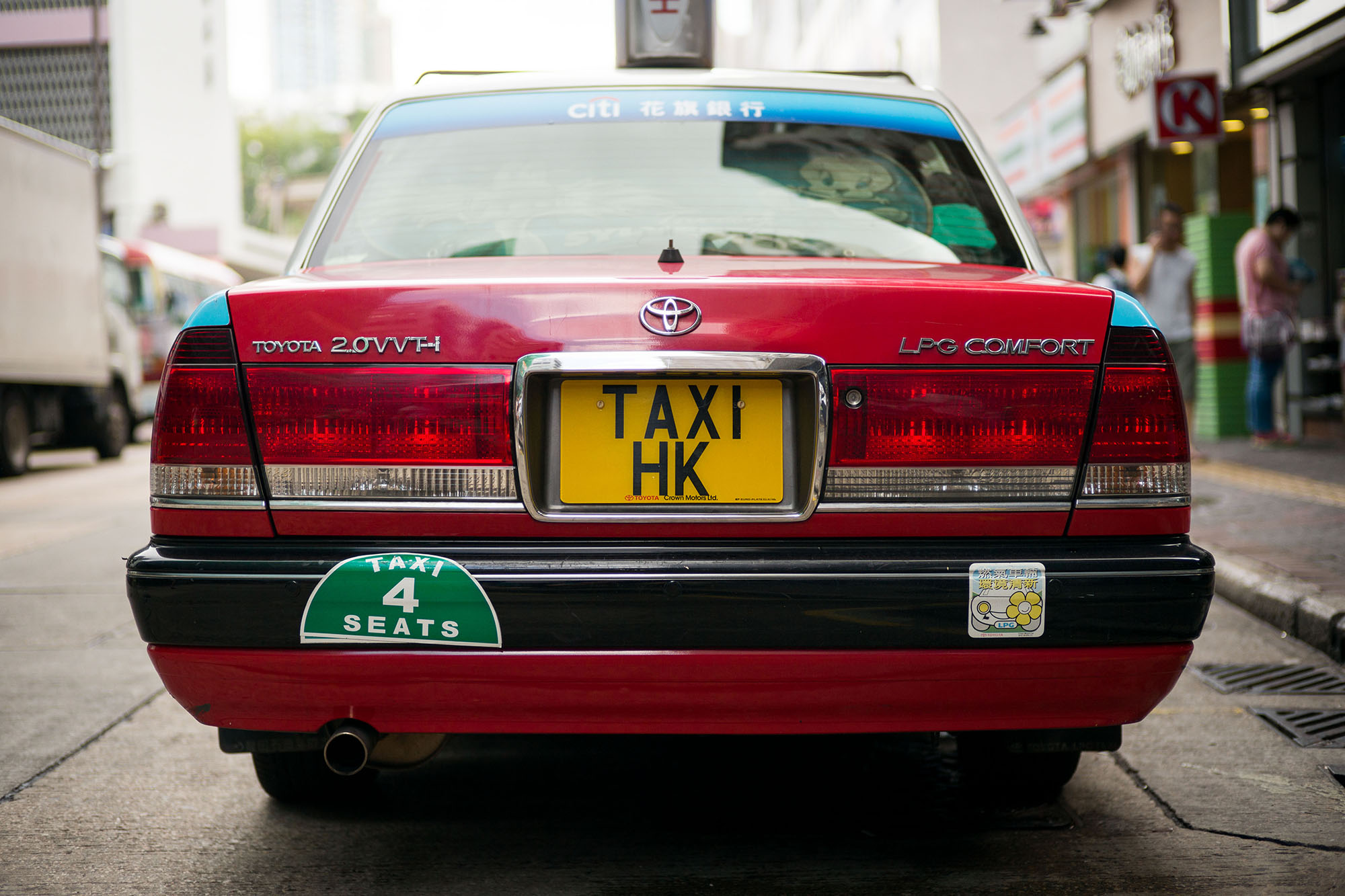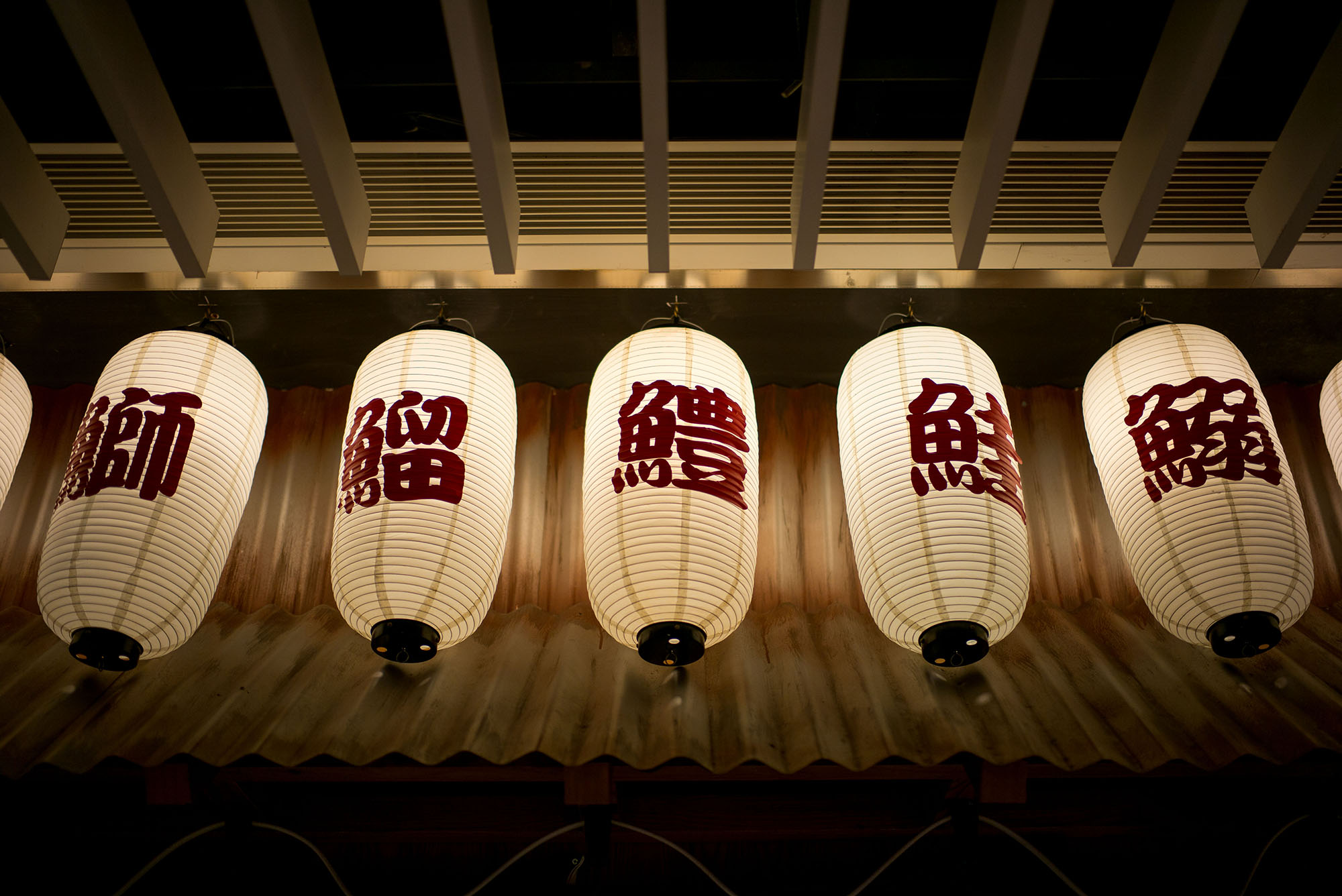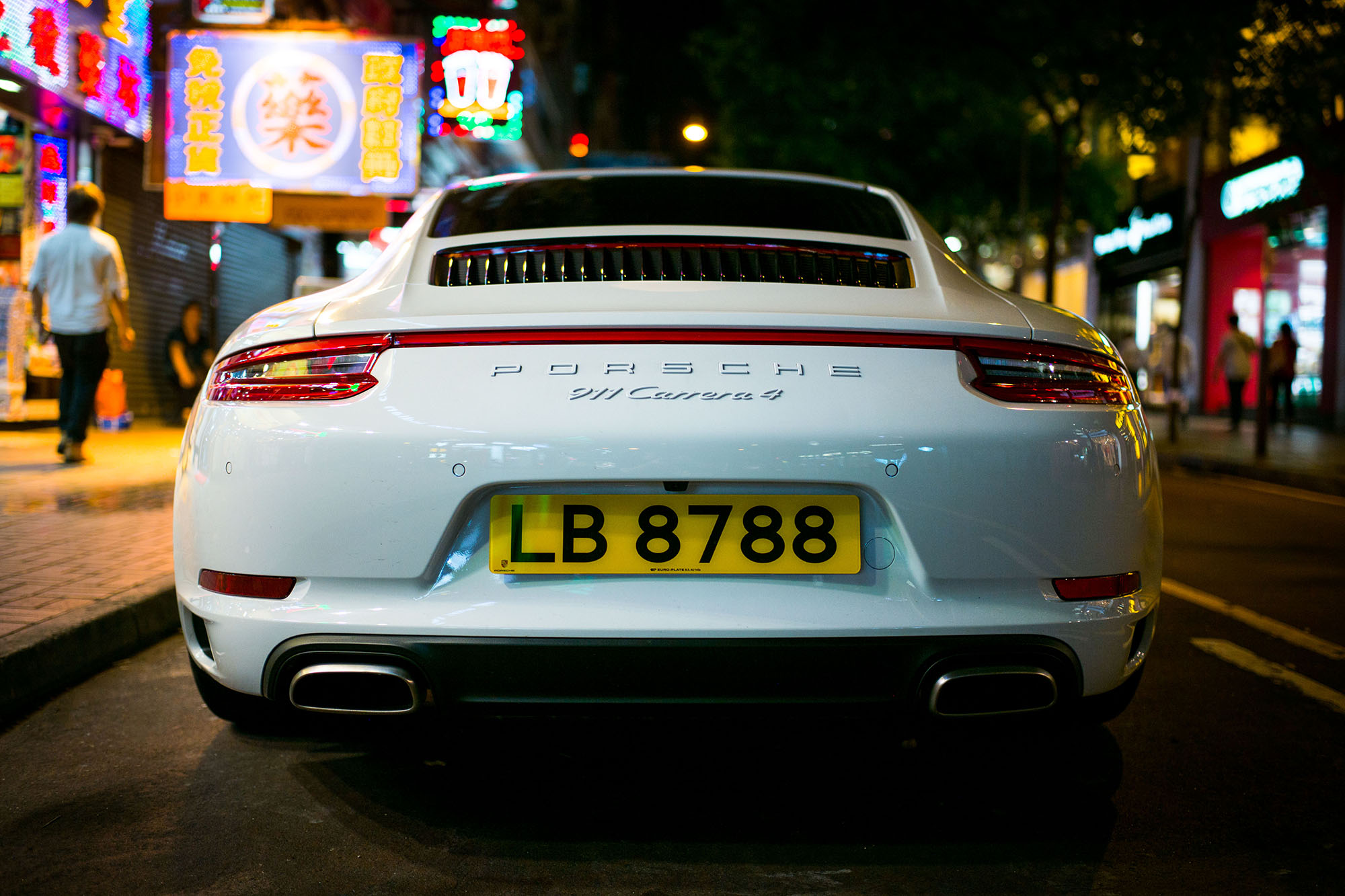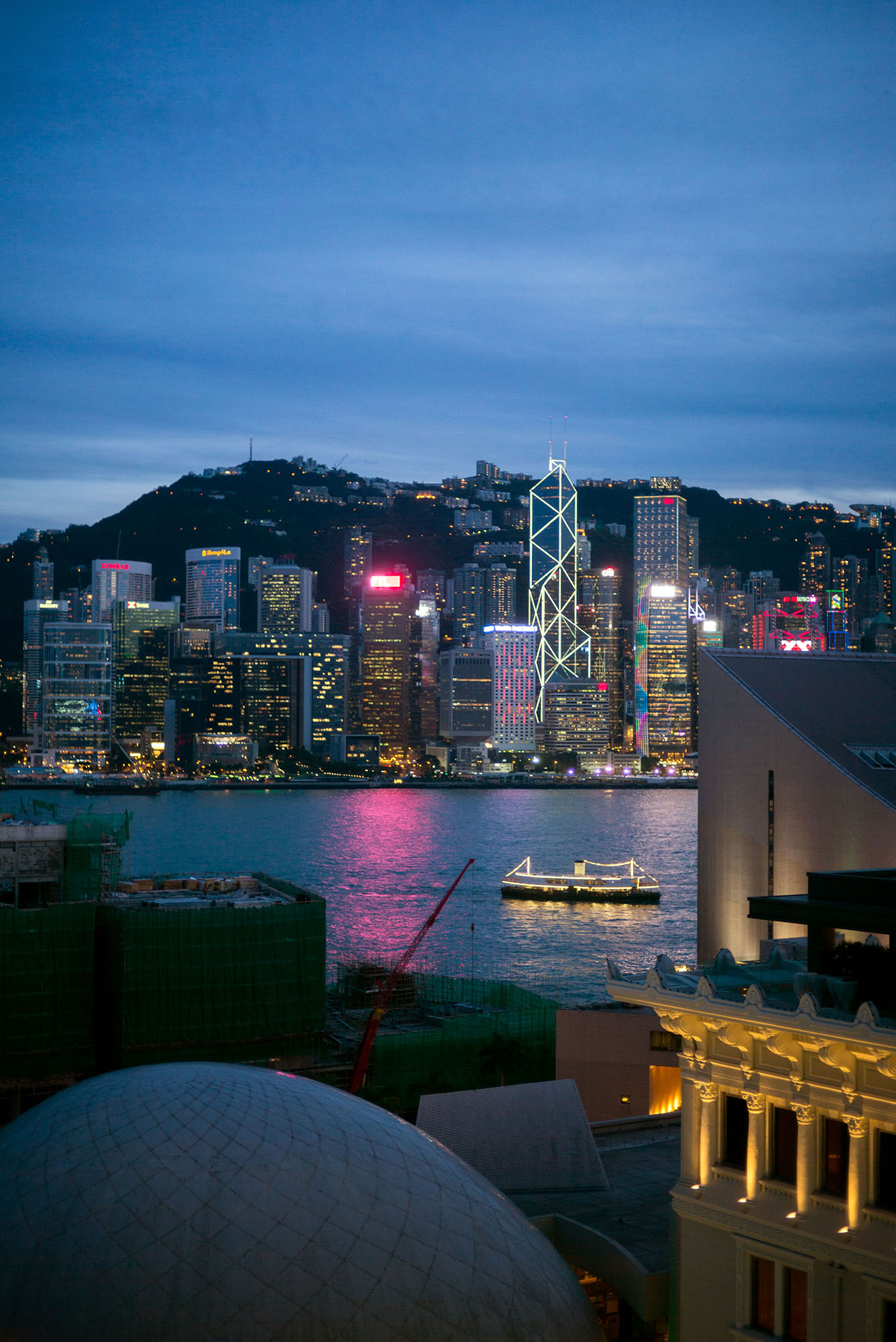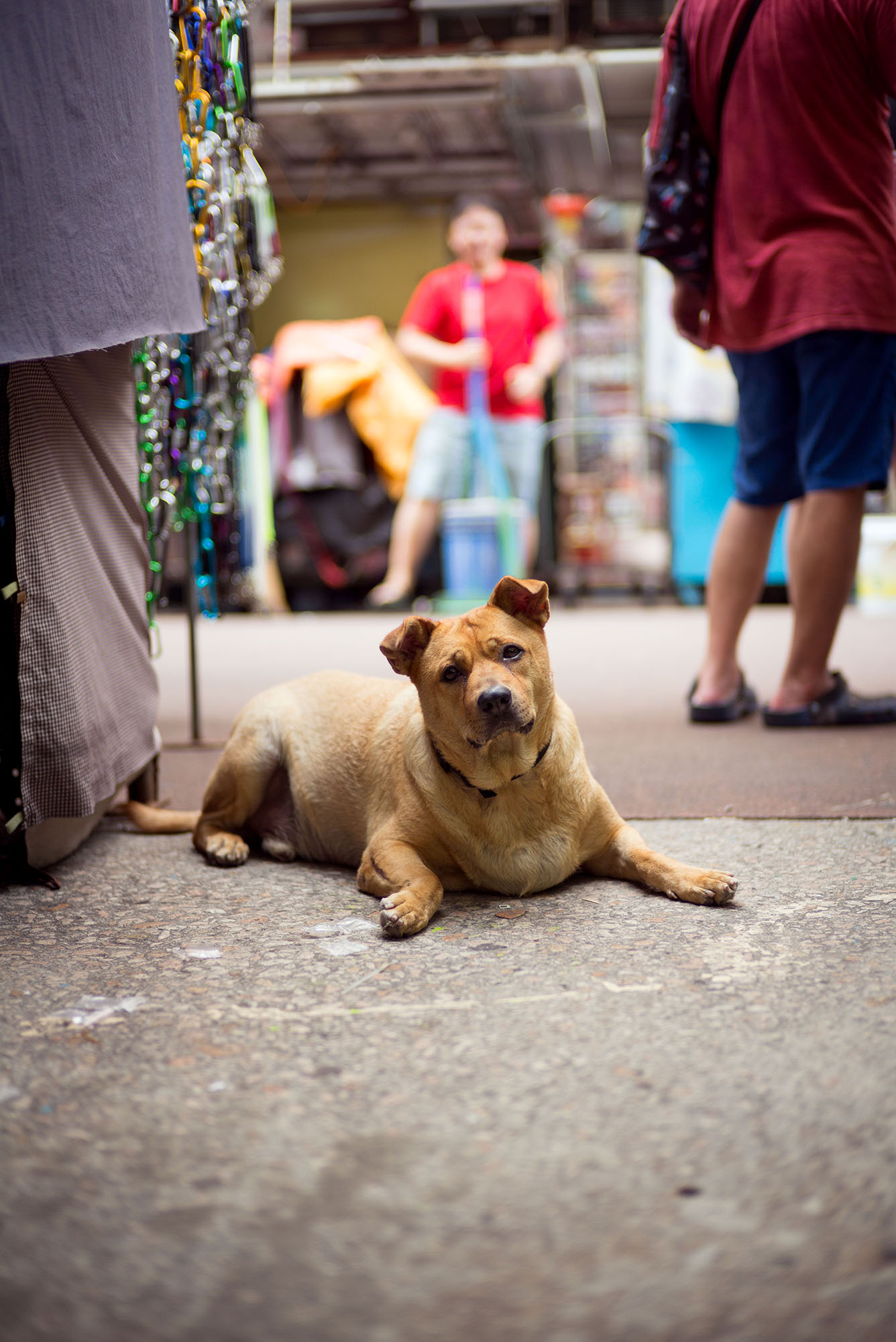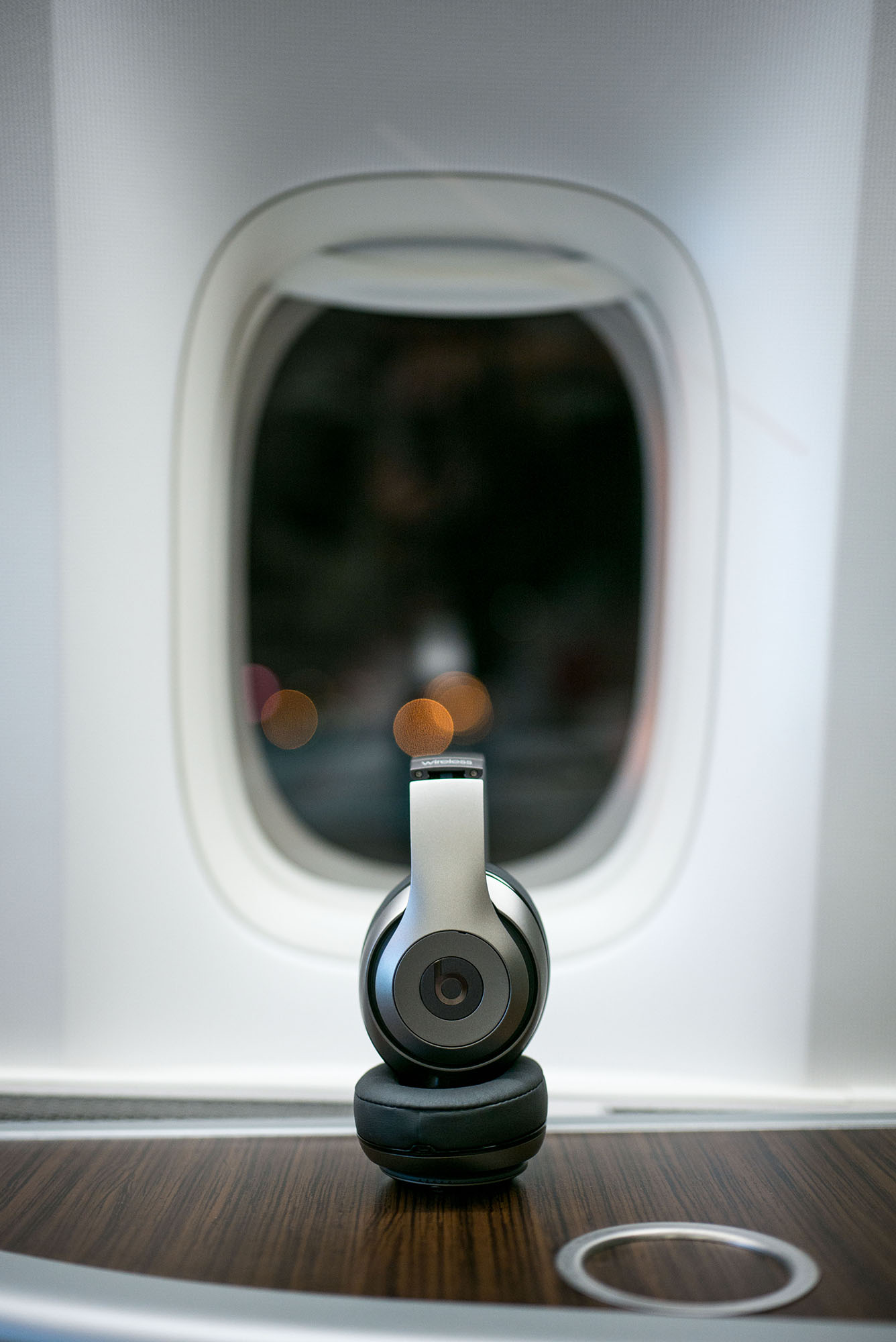INTRODUCTION
In the digital age of photography, cameras grow obsolete with a pace that approaches urgency. Any new consumer or professional DSLR today usually hits the market with a high price, and then depreciates well within the span of a year, as new models are released to replace them.
However, a good camera does not need to be replaced very quickly. In fact, Leica's M-series of rangefinder cameras is a strong testament to this fact. I am the owner of both a 33-year-old Leica M6 and a 6-year-old Leica M9-P. Both of these cameras produce beautiful, high-resolution photographs, even though they are not capable of reaching ISOs of 50,000 and above. Once a photographer knows how to create images in the light available to them, it is not necessary to keep buying the latest camera just to satisfy one's need for technical superiority.
Back when I shot primarily with Sony a7-series cameras, I felt the need to upgrade incessantly. I started out with a Sony a7R, and rushed out to buy the Sony a7Rii a year later. I also acquired a Sony a7ii to supplement my collection, because I felt the need to always update my gear. With Sony pushing out new camera bodies every half a year or so, I felt desolate that I was always using older, less current gear. It was devastating to my creativity.
Soon, I got fed up with Sony's games and sold my entire system to fund a Leica system. Now, with the Leica M10 released, I felt a strong temptation to buy the latest M. Realistically, I found its $6965 MSRP a little discouraging. Fortunately, I found a great deal on a lightly-used Leica M (Typ 240) to upgrade my M9-P to.
*Although it may seem hypocritical that I said all that right above, just to come to the conclusion of upgrading my M-body, I will defend my decision by stating that the M (Typ 240) is infinitely more reliable as a camera than the M9-P. I had far too many SD card and battery issues with the M9-P, to the point that it was a risk to use for any jobs or serious shoots.*
So, with the dozens of amazing digital cameras today for under $3,000, the biggest question is: Is it still worth spending thousands of dollars on an aging Leica M (Typ 240) today?
Let's find out.
DESIGN
I've used and played with quite a few Leica M cameras in the past few years. I've shot with a M6, M8, and a M9-P. Each M, although sharing many aesthetic similarities, has a very distinct feeling to their user experiences. Most of it obviously comes from the changes in technology between the models, but the slight changes in button layouts and physical heft of the bodies make each body feel unique when holding and shooting with them. My personal favorite to handle is the M6, because of how light and thin it is. The M (Typ 240) in comparison to all of the previous M's is much thicker and denser, making it feel much heavier. In use, however, the weight difference only becomes obvious in hot conditions, where every ounce wears you down.
The M240 body also has a bunch of buttons, and trying to operate the camera in the dark is a bit of a challenge. This is where the M10 would be at a huge advantage in ease of operation. There’s a new button at the top of the camera near the power switch, marked ‘M’ that activates video recording with one click. Ideally, this would mean that the user could quickly take video when needed. However, I found that it was a nuisance, and I accidentally triggered video recording unknowingly on a few separate occasions, thinking that the camera was freezing. This problem would be rectified if video recording was activated with a two-step process, or if video recording mode was only accessible via Live View.
There's also a huge, usable screen on the back of the camera body. Coming from an M8 or M9, this is a huge change that brings the Leica M into the present. Even though the M (Typ 240) was released in 2012, a whole five years ago, the screen resolution is still more than adequate during use. The screen is also invaluable when used for Live View, as it is a very easy way to check exposure in a hurry.
All in all, the design of the Leica M (Typ 240) is not far off from previous M models. However, a number of extra buttons around the body of the camera can be accounted for by changes in technology and added features.
IMAGE QUALITY
Switching between the Leica M9-P, M (Typ 240), Q, and SL, I've found that the Q has my favorite color rendering. The M9-P, Q, and SL all have fairly distinct color renderings, but the M (Typ 240) is strange. Shooting in DNG, the M has an extremely neutral color signature, which makes it fantastic for post processing.
However, when shooting in JPG, the color palette is strange, with heavy blues, greens, and yellows. Red also renders inaccurately. This is a near FATAL FLAW of the camera. I decided to shoot a day trip all in JPG Fine setting and came back with nearly all unusable photos. Huge amounts of dynamic range were completely gone, and the colors were disgusting. Thus, I tend to shoot only DNGs with the M. Unfortunately, this lends to huge file sizes of about 48MB for every photo.
All in all, the color from the M's sensor is remarkably different from other Leica models, but very pleasant to work with when shooting in raw. Shooting in JPG is similar to bringing a brick out to take photos with.
Resolution at 24MP is more than enough, and the sensor in the M (Typ 240) offers fairly good dynamic range. There's little to complain about for the overall image quality from the M. The sensor is much more versatile than the M9’s, thanks to its increased dynamic range.
The framelines of the M are electronic and can be viewed in white or red. Red looks pretty badass.
FOR PORTRAIT PHOTOGRAPHY
Perhaps it's a crutch for me as a photographer, but I tend to only shoot portraits with cameras that have an EVF. I used to shoot with the Sony a7 series, and now I work with the Leica SL predominantly. However, I wanted to step away from the EVF shooting experience and tried to acclimate to the M's rangefinder for a few different portrait shoots.
Using Leica's M cameras for street photography is second nature for me, but using the rangefinder system for portraiture was a new experience. I found that rapidly focusing with the rangefinder was slightly more challenging than using the SL's EVF, and I occasionally missed a few successive shots because of sunlight creeping into the rangefinder and blowing out the focusing patch.
In addition, I found that I sometimes accidentally left out parts of the image that I wanted to create, due to the slight inaccuracy of what I saw in the M's viewfinder. Perhaps this is because the size of the M's viewfinder is not quite big enough to accurately see the framelines for a 35mm lens.
ON THE STREET
If Leica M cameras are good for anything, they're good for street photography. There's almost no photography experience I love more than walking around a city with an M9 or M6 in hand. So, how did the M (Typ 240) compare to that?
Honestly, I'm a bit torn. The M just doesn't feel that great ergonomically. I think it's because I'm so used to the M9 and M6 being so light and quiet, but the M just feels too heavy and bulky.
One thing that makes the M good for street photography is how quick it is. The M has a quick shutter response, and a faster burst rate than the M9. Both of these help the M to get more shots in succession, and helps to give you more images. Ultimately, the M is good for street photography, but for someone who is used to the M6, the M feels too heavy to make street shooting enjoyable, at least for long periods of time.
AS A TRAVEL CAMERA
Almost exactly one year ago, I published a detailed review of the Leica Q after a month-long trip to Singapore and Hong Kong. This time around, I put the Leica M (Typ 240) through a similar test in order to write a thorough review. I purchased my M about a week before I left for Hong Kong, again, also for a month.
For my trip, I brought my Q and the M. Last year, I was obsessed with the Q and couldn't praise it enough for its versatility and light weight-- both hallmarks of a perfect travel camera.
Now, the Leica M series of cameras is by no means a heavy system compared to most DSLRs that you see most tourists carrying. However, after about a week of carrying the M (Typ 240) in 90 degree, typhoon season Hong Kong weather, I was exhausted. In comparison, bringing the Leica Q with me was a pleasure, with quick autofocus.
Although the M is an immensely capable camera for traveling and street photography, its weight and rangefinder manual focus system lends it to be rather inconvenient when traveling, especially when you're holding something in your left hand and can't reach up to focus in time for a shot. Also, most people you hand the M to aren’t used to using a rangefinder, so it can get frustrating trying to get a photo of yourself when travelling with friends and family.
For traveling, I definitely recommend the Q over the M, unless you need to shoot with standard or telephoto focal lenses.
M9, M (TYP 240), OR M10?
I've used my Leica M9-P for the past three years. During the absence of my M9-P, I missed the user experience of a digital M terribly. So much, that I purchased the M for my trip. After using it comprehensively for the duration of my trip, I've come to the conclusion that there is almost nothing that my M9-P does better than the M (Typ 240). The shutter feel and sound of the M are both countless levels above the M9's and the image quality is much improved. Dynamic range from the M's raw files is far greater than the M9's files. Color is also a subjective upgrade. The only downside of the M (and it's a pretty big downside) compared to the M9 is the added weight of the body.
Now, between the M and the M10? If they were both the same price, I would definitely have the M10. It's lighter, thinner, and has a far better sensor than the M for low-light photography. However, for half the price of the M10, the M (Typ 240) is a much-needed upgrade from the M9/M9-P and a large majority of the M10's “modern Leica” user experience.
So, it's ultimately up to you on whether the improved sensor and lighter weight of the M10 are worth double the price of a lightly used M (Typ 240).
CONCLUSION
To sum things up, the Leica M (Typ 240) is a fantastic camera. Sure, there are issues with its JPG files, weight, and button layout, but overall, this camera can do practically anything if you have the patience and skill. You can’t complain about the image quality of the M, and the lens choices you have for it are plentiful. Heck, you can use Nikon and Canon lenses on it with the right adapter and EVF. I purchased the M (Typ 240) almost as a way to fend off my desire to purchase the M10. This was partly because of its high availability, and mostly because of its much lower price.
The M is a huge technological improvement over the M9-P, a camera which I love immensely, but just can’t use practically for intensive photographic tasks. I don’t need to carry a second battery when travelling with the M, and I’ve yet to have any SD card issues with it. Honestly, if the M9-P had none of those issues, and had Live View, I wouldn’t want an M or an M10. But alas, the M was Leica’s first foray into making a rangefinder camera that feels modern.
Simply put, if you’re looking for an upgrade from the M8/M9 series, just buy a used M (Typ 240). You won’t regret it. Unless you have the money, then get an M10.
Fin.
If you’ve found my blog helpful or has added value to your day, please use the following link for your purchases on Amazon: Link to Amazon here
As an Amazon Associate I earn from qualifying purchases.






